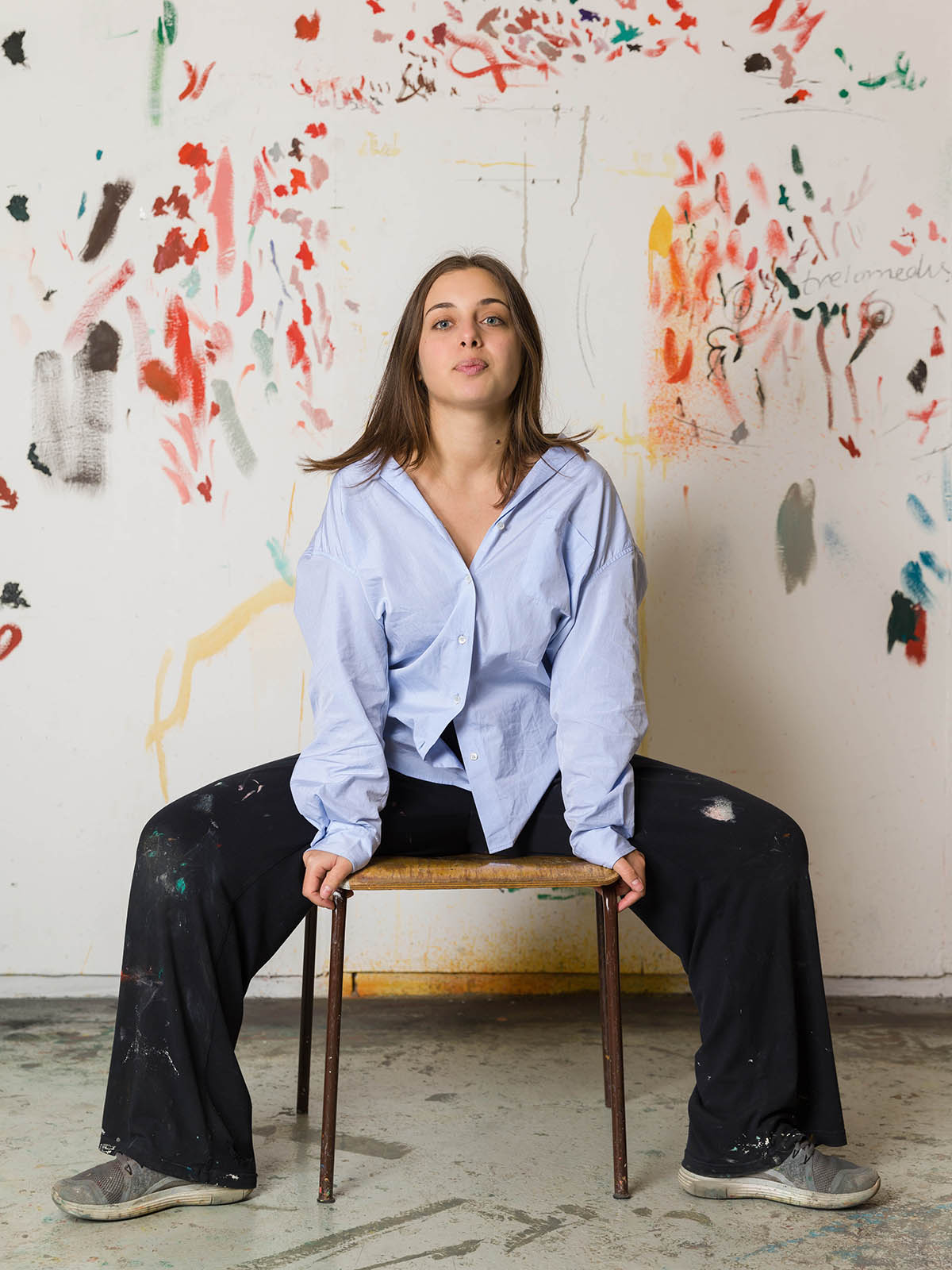
Sofia Mitsola (Portrait). Courtesy of the artist and Pilar Corrias, London. Photo: Mark Blower.
In our new online series, renowned art consultant Maria-Theresia Pongracz profiles rising contemporary artists to watch in 2021. Here, she speaks to 28-year-old Greek painter Sofia Mitsola about mythology, the female nude, and her artistic inspirations
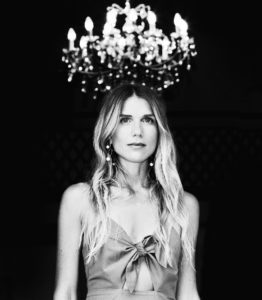
Maria-Theresia Pongracz
I first discovered Sofia Mitsola’s work during Condo London at Pilar Corrias Gallery in January 2020. Condo which takes its name from ‘Condo-minium’ is a gallery exchange program founded by Vanessa Carlos in London which now takes place all over the world. I always make great discoveries during Condo and so it was no surprise to come across Sofia’s powerful work. Curiously it was one of the last great shows I saw just before the first lockdown.
With a lot of figurative work in contemporary art recently, it isn’t easy to be surprised. It is also hard for an artist to tick all the boxes and equally master innovation, composition, technique, palette and detail. Sofia really does it all. Her work is seductive and slowly draws you in. Colours, nudity and voluptuous forms are striking, but it is the details and mysterious looks of her subjects that have a haunting effect. The work is beautiful and appalling at the same time. The best art should be challenging and ideally never fully understood.

Afterglow Zenaïda, Sofia Mitsola, 2020. Courtesy of the artist and Pilar Corrias, London.
Photo by Mark Blower
LUX: To what extent are your paintings influenced by greek culture and mythology?
Sofia Mitsola: Growing up in Greece, you study a lot of history, which, when I was little, I only enjoyed when it was about ancient times. I was really into mythology too, and many of the things that impressed me as a child have somehow found a way into the work. When I am painting, sometimes my characters remind me of a mythical presence that I might have read about, or seen in a painting, and once I start imagining them this way, they are almost turned into that.
Follow LUX on Instagram: luxthemagazine
After moving to London, I spent a lot of time in museums sketching from sculptures and paintings that I admired. These soon became the starting point for developing ideas and works. When I first began working with figures, I used to visit the British Museum and make drawings from the sculptures at the Egyptian room. I remember a small sculpture of a sphinx I drew from, and reading what these female-like creatures symbolised, made me think of the characters I was trying to compose in a different way. When standing behind them, they are seen as goddesses of protection. When standing before them, they metamorphose into devouring beasts that strangle anyone who dares confront them. I really liked how perspective was used in mythology to give dual meanings, and it was then I started thinking of my own characters as divinities with alluring enigmatic gazes and magical powers.
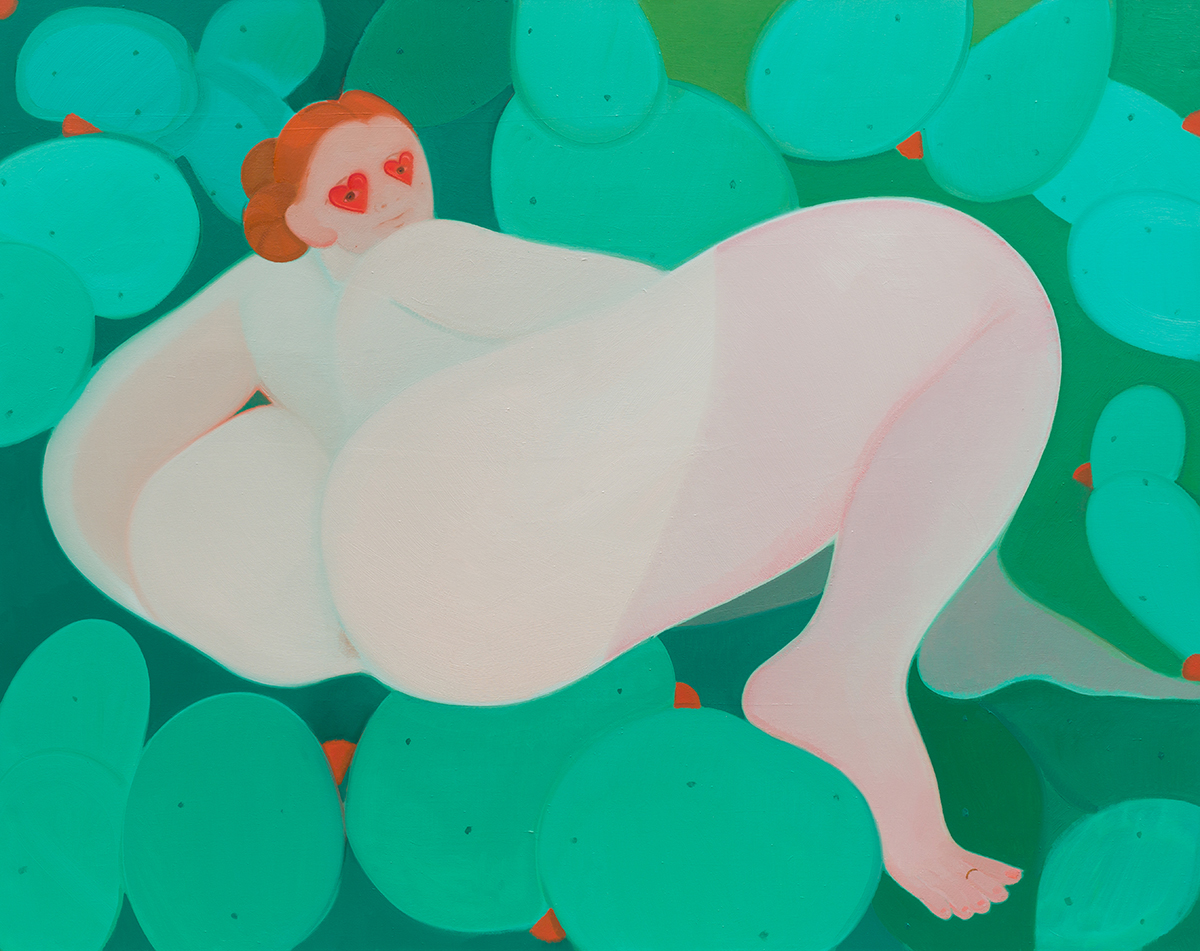
Cactilus, 2020, Sofia Mitsola. Courtesy of the artist and Pilar Corrias, London. Photo by Mark Blower.
LUX: How do you go about creating the physicality of your characters?
Sofia Mitsola: When I am composing a character, I am trying to understand who I want them to be and what their relationship is with the viewer. In my paintings, there are usually two focal points, one is the face, and the other the genitals, which are often in the centre of the composition and almost level with the eyes of the viewer. I want the protagonists’ colossal size and bareness to be intimidating yet something to be inviting about their young, innocent like faces and seductive gazes. In my mind, they invite the viewer into a flirtatious game of looking. They stand naked and exposed before them but they don’t shy away. With their persistent gaze and outspread bodies, they take control back. Very much like sphinxes with magnetising beauty and beastly bodies, my figures share similar qualities. Their flushed, angelic faces contradict their gigantic, distorted bodies that border pornography making them a crossbreed of the divine and the monstrous that attracts and repels, invites and drives away.
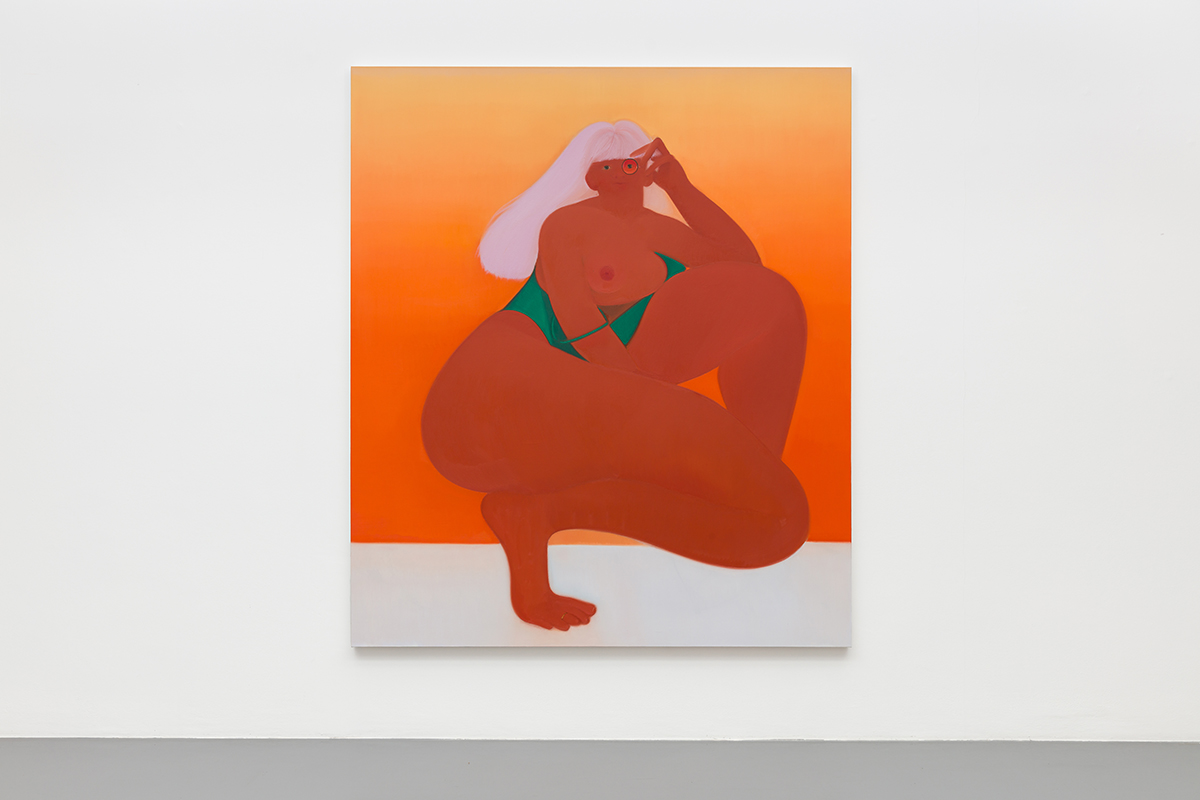
SPY, 2020, Sofia Mitsola. Courtesy of the artist and Pilar Corrias, London. Photo by Mark Blower.
LUX: Can you talk to me a bit about the female nude in your work and how it relates to art history?
Sofia Mitsola: For me, the theme of the female nude is very interesting because there are many ways it can be viewed. I understand it from the experience of living within my own body, by relating to them, and also by stepping back and investigating it as a painter/viewer from a distance.
Read more: Artnet’s Sophie Neuendorf on the rise of a new Renaissance
I am attracted to ancient Egyptian and Greek depictions of the female form, that were made to be seen as deities, to be adored and feared. These appear larger than life, geometric, and austere with penetrative gazes. I am attracted to prehistoric figurines that show raw, unashamed, sexual bodies to depict fertility goddesses. In some western paintings I admire, the female nude is shown small and fragile and shy, looking away. There seems to be a safe distance between the nude and the viewer that allows the later to comfortably examine and take visual pleasure from the former, unbothered. But I really like the intimacy in them, the realness of the characters. The feeling that these people lived and breathed and were humans. I feel that for my work, I want a sense of intimacy that I receive when looking at western painting, and at the same time to create a game of power dynamics between the figure and the viewer that is closer to antiquity.
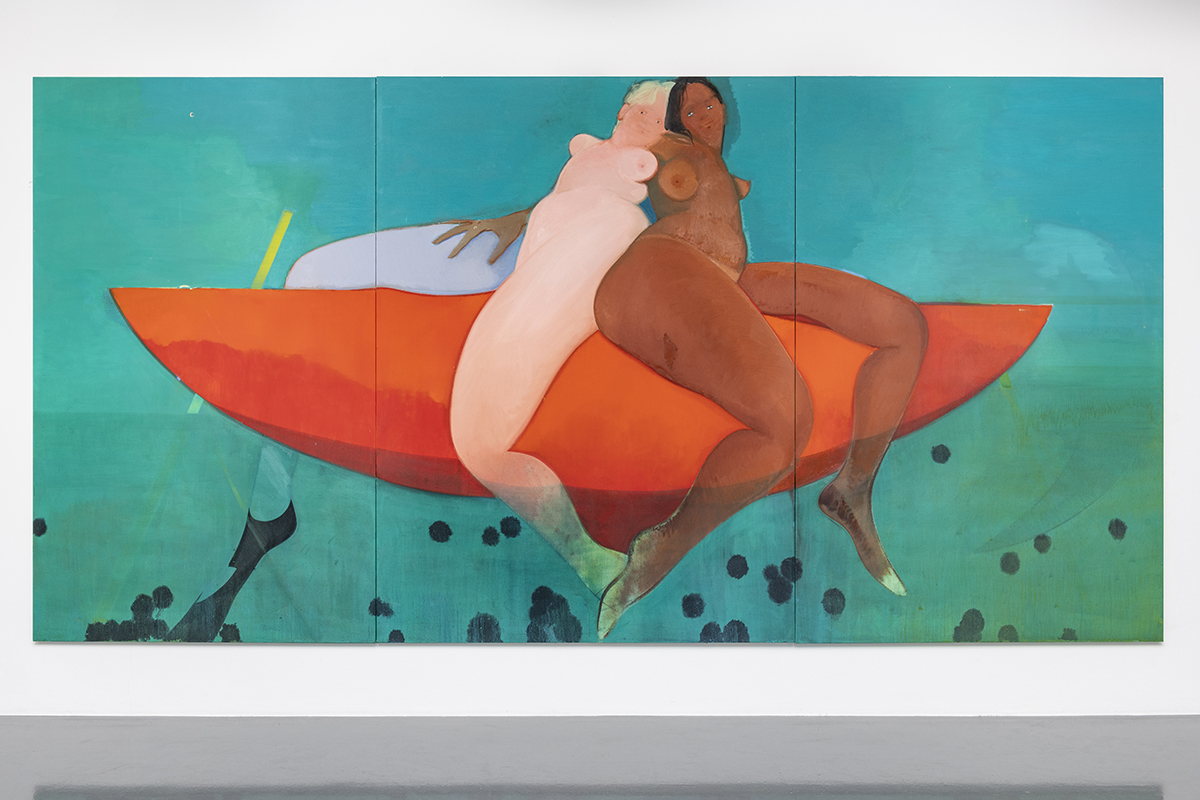
Darladiladada, 2020, Sofia Mitsola. Courtesy of the artist and Pilar Corrias, London.
Photo by Damian Griffiths
LUX: Where are your favourite places to go for inspiration in London?
Sofia Mitsola: My number one is The British Museum. I always go to the Egyptian sculpture section on the ground floor, and the Egyptian paintings and funerary treasures upstairs. I never miss the Greek vases with the beautiful line paintings, I discover something new every time I look at them and appreciate the simplicity of the marks. Also I really love the National and National Portrait Galleries. At the National, I am always going to the Sainsbury Wing to say hello to one of my favourite paintings, Portrait of a Young Man by Petrus Christus, and then on the other side to see Holbein’s Christina of Denmark. I also love Nymph by the Stream by Auguste Renoir downstairs. At the National Portrait, I enjoy spending time with the Tudor paintings. The Wallace collection is a very special place for me too, where I love to go and see the miniature paintings.
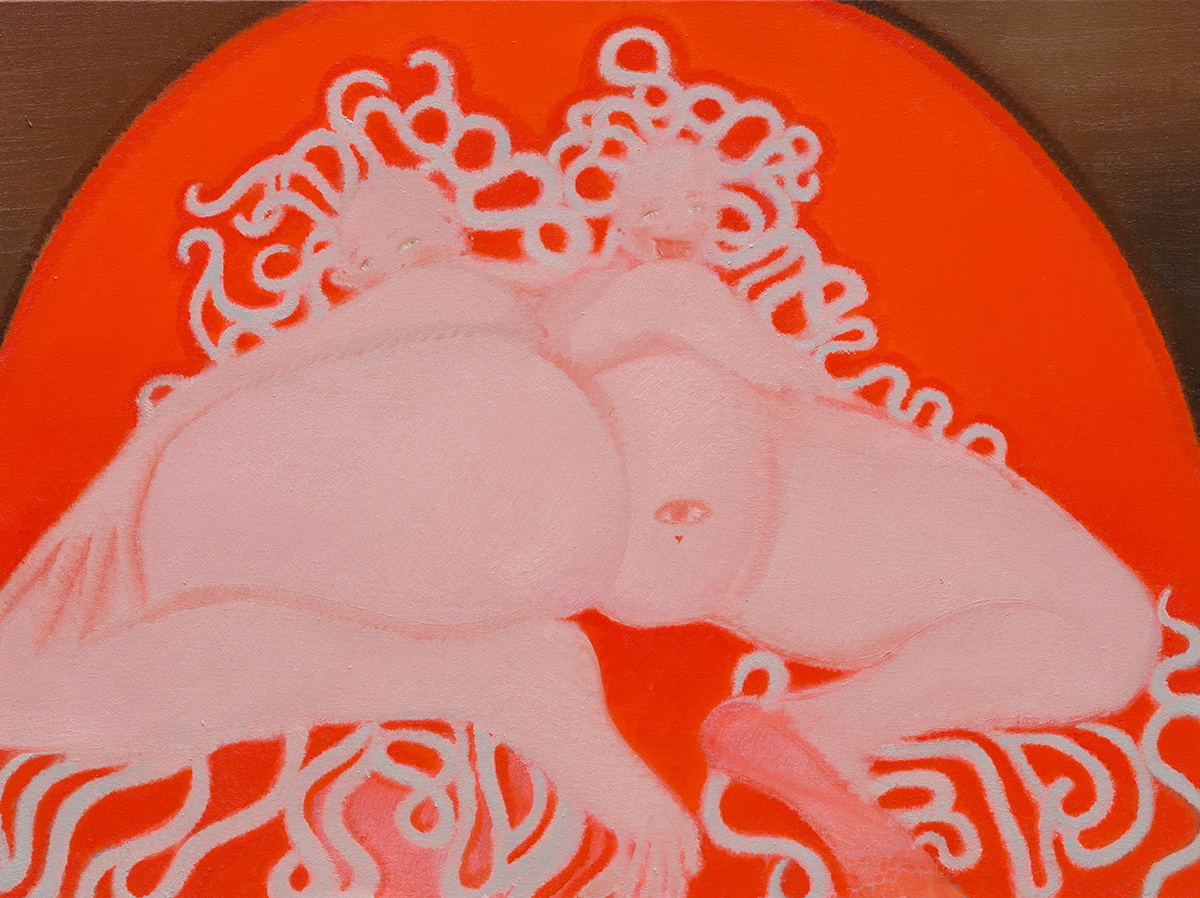
Gorgoneion, 2020, Sofia Mitsola. Courtesy of the artist and Pilar Corrias, London. Photo by Mark Blower
LUX: What did you get up to during lockdown?
Sofia Mitsola: I was lucky to find my current studio during the first lockdown in May, and since then my life has been pretty much the same. Studio, home, studio. But I’ve really enjoyed how quiet it has been, with no distractions.
When I was stuck at home, I drew a lot, and worked with watercolours and oils on paper, I watched some amazing documentaries about Troy and ancient Egypt and the Russian Revolution, read Nabokov’s Ada or Ardor, Anais Nin’s Little Birds, and Writings from Ancient Egypt, and listened to lectures from a Greek historian, Maria Eythymiou, about the history of the world starting from the first human societies! I also took daily walks in the park, and spent a lot of time cleaning my flat!
Read more: Artist Shezad Dawood on the endless potential of virtual reality
LUX: How the pandemic affect your practice?
Sofia Mitsola: I had the time to slow down a bit and think more of how I want to work in the studio and how to push the practice. I made a lot of drawings which help me give direction to the work, wrote more consistently which for me is another way of drawing, developing ideas, or getting a sense of the atmosphere that I want to convey. I was also making paintings. It’s one of the first times that I worked this way, with all the elements that consist of my practise happening at the same time and it has been really helpful, I feel that the work has had more time to mature.

Tonguelets by Sofia Mitsola. Courtesy of the artist and Pilar Corrias, London.
LUX: Which artists do you admire the most?
Sofia Mitsola: Paula Modershohn-Becker, Leonor Fini, Amedeo Modigliani, Etel Adnan, Petrus Christus, Jean Auguste Dominique Ingres, Artemisia Gentileschi, Konstantinos Parthenis, Paula Rego, Lisa Yuskavage, Hans Holbein the Younger, Alex Katz, Auguste Renoir.
LUX: Are there any contemporary artists with which you spend time and exchange ideas?
Sofia Mitsola: Konstantinos Sklavenitis, Nada Elkalaawy, Ahae Kim, Miriam Naeh, Roy Efrat, Antonia Showering, Alvin Ong, Emma Fineman, Patrick H Jones, and Jane Yang.
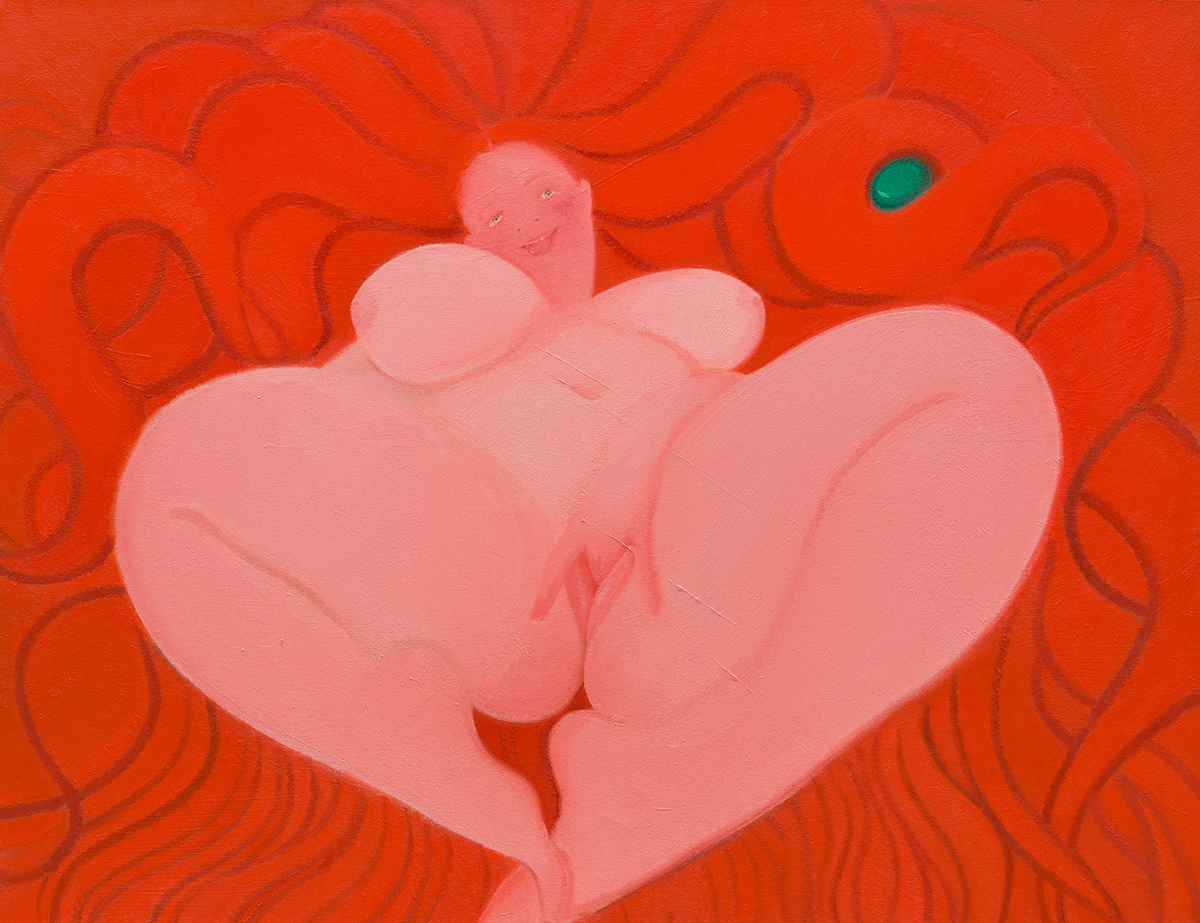
Spoilt, 2020, Sofia Mitsola. Courtesy of the artist and Pilar Corrias, London. Photo by Mark Blower.
LUX: Do you think it’s important for an artist to build a good working relationship with their gallerist?
Sofia Mitsola: I guess it’s different for every artist, but for me it’s very important to work with people that I have a good chemistry with and that we can build a relationship. Trust too. You can usually get a sense of that from the first meeting. If it’s good, it’s good. And with Pilar (Corrias) and Charlotte, who I work most closely with, it has been good from the beginning. They support me in every way and always give me complete freedom. And they are a great help when I feel stuck too!
Personally, I really like working with a gallery because it takes the pressure off and allows me to concentrate on the practice and making work. Admin or dealing with collectors can sometimes be very time consuming, and to be honest not my favourite thing. So I am really glad that they can help there. Also, I think that for a lot of young artists like myself, it is difficult to know how to protect the work, and what choices will help or not your career, and it’s quite important to have someone you trust to talk to about it.
LUX: What are your plans for the future?
Sofia Mitsola: I have a couple of projects for later next year so I really want to take my time planning the paintings. For the development of the work, I want to make big drawings with different materials like charcoal and oil bars, I will try to work in three dimensions, possibly with clay that I play with when I am not in the mood for painting, and continue my miniature paintings. When it comes to painting, I have started thinking more about the space, composition and perspective as well as narrative, so this is where the work is heading to at the moment.
Follow Sofia Mitsola on Instagram: @sofiamitsola
Follow Maria-Theresia Pongracz on Instagram: @mt_mathisen
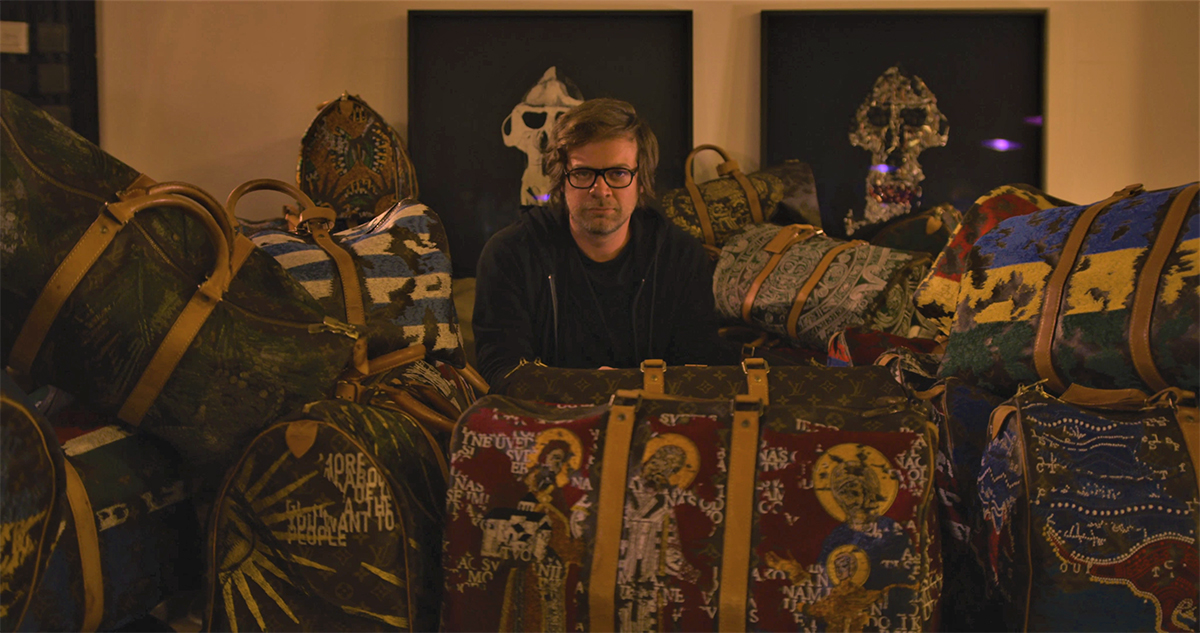
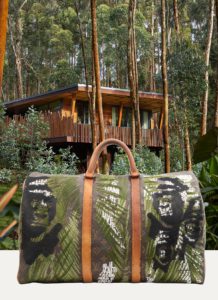 2. Can you tell us your favourite story about one of the bags you’ve sourced?
2. Can you tell us your favourite story about one of the bags you’ve sourced?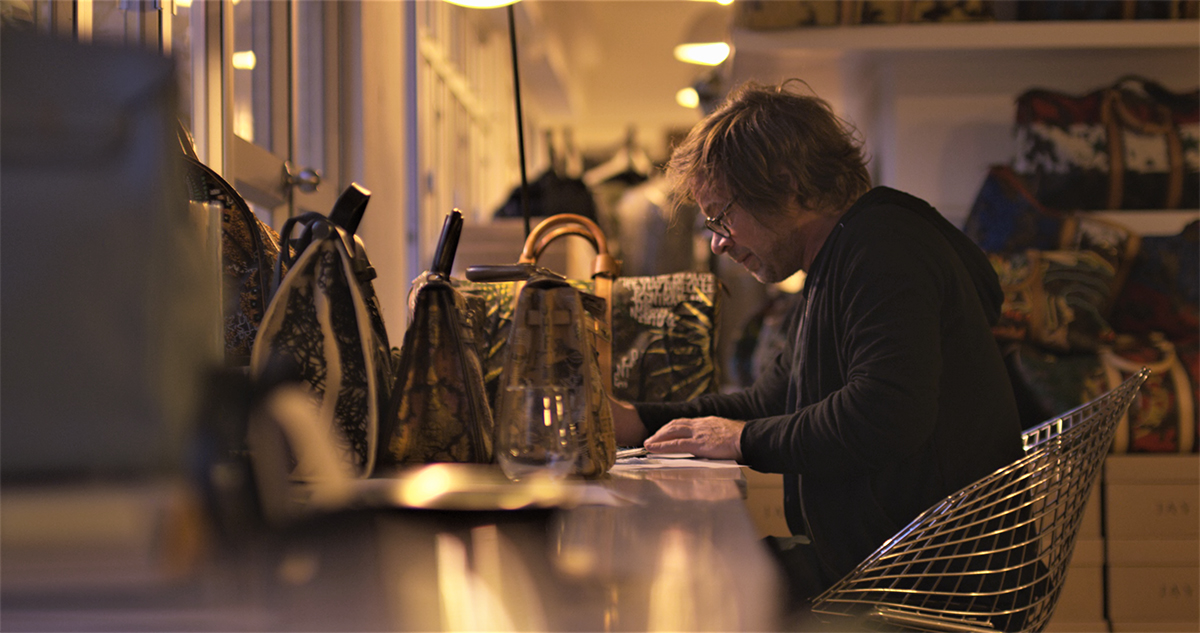
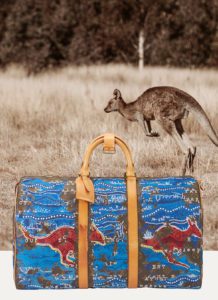

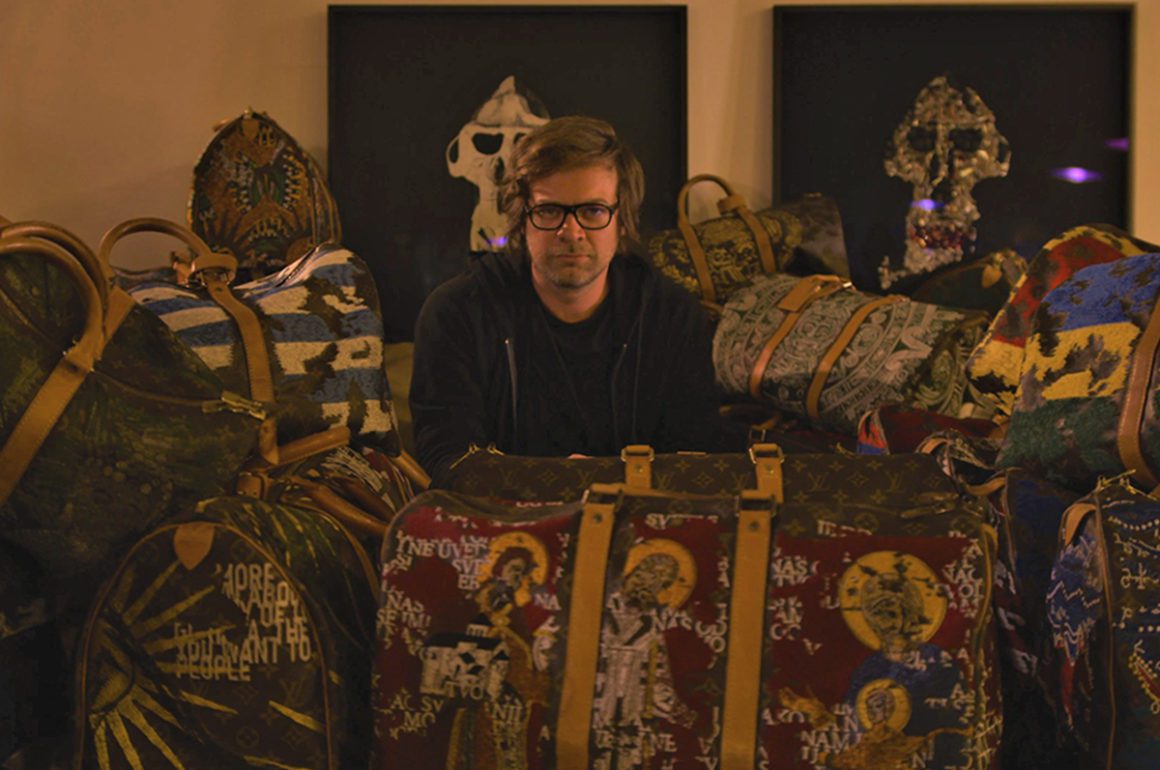
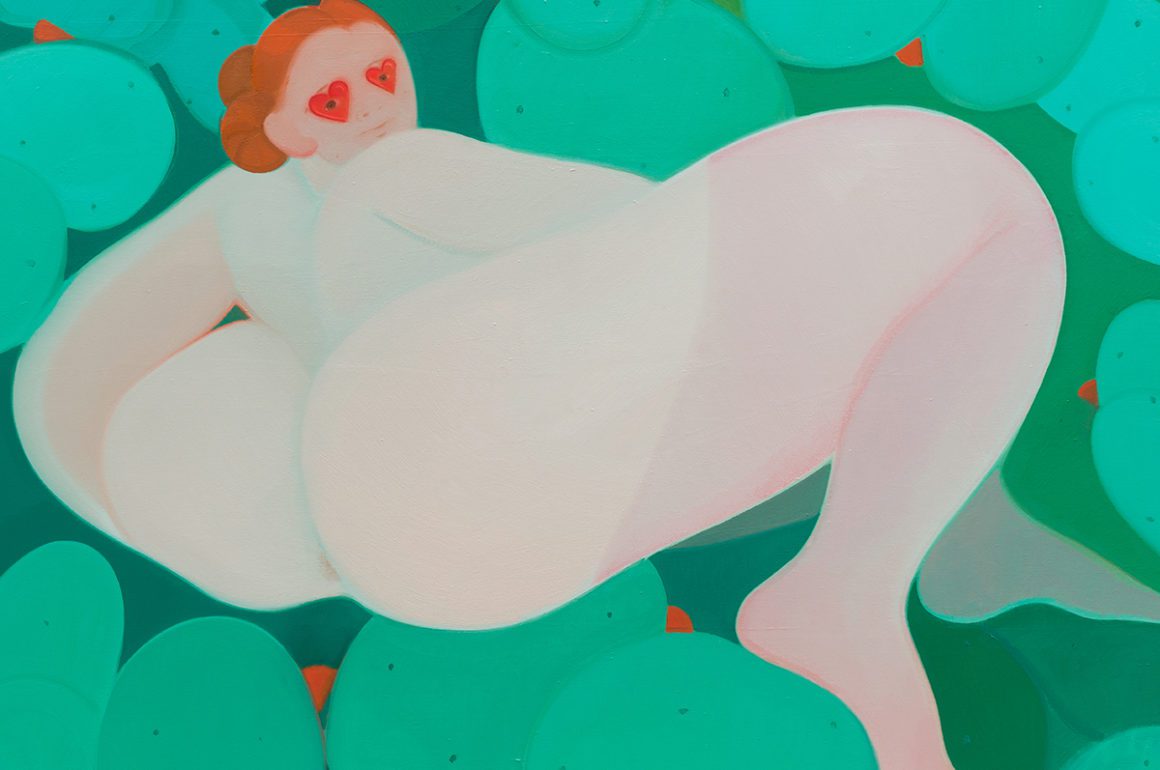









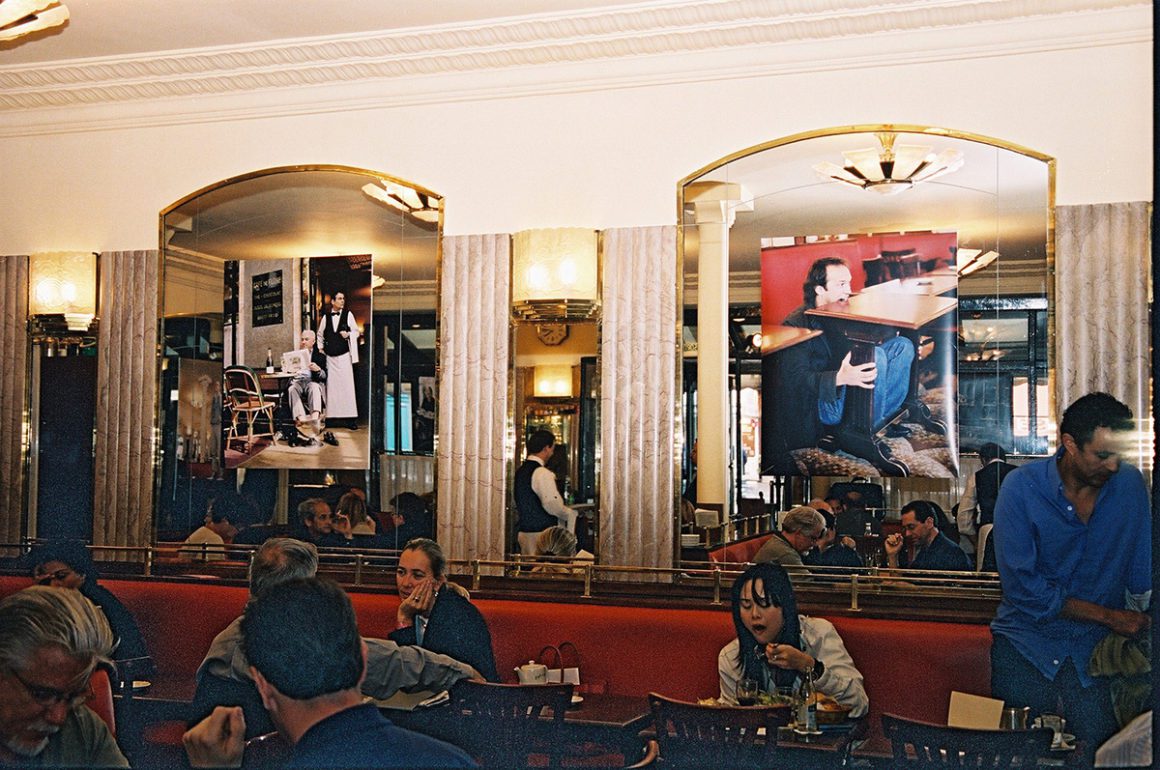
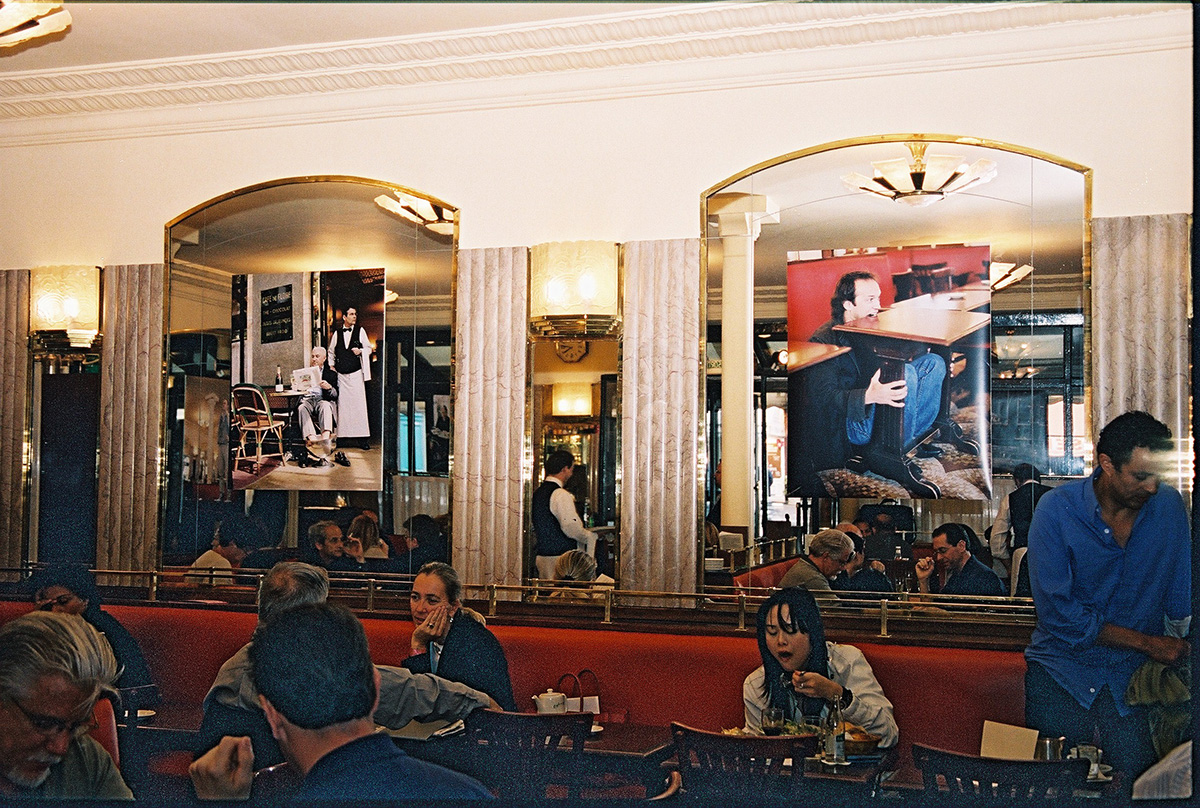
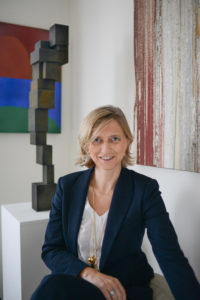
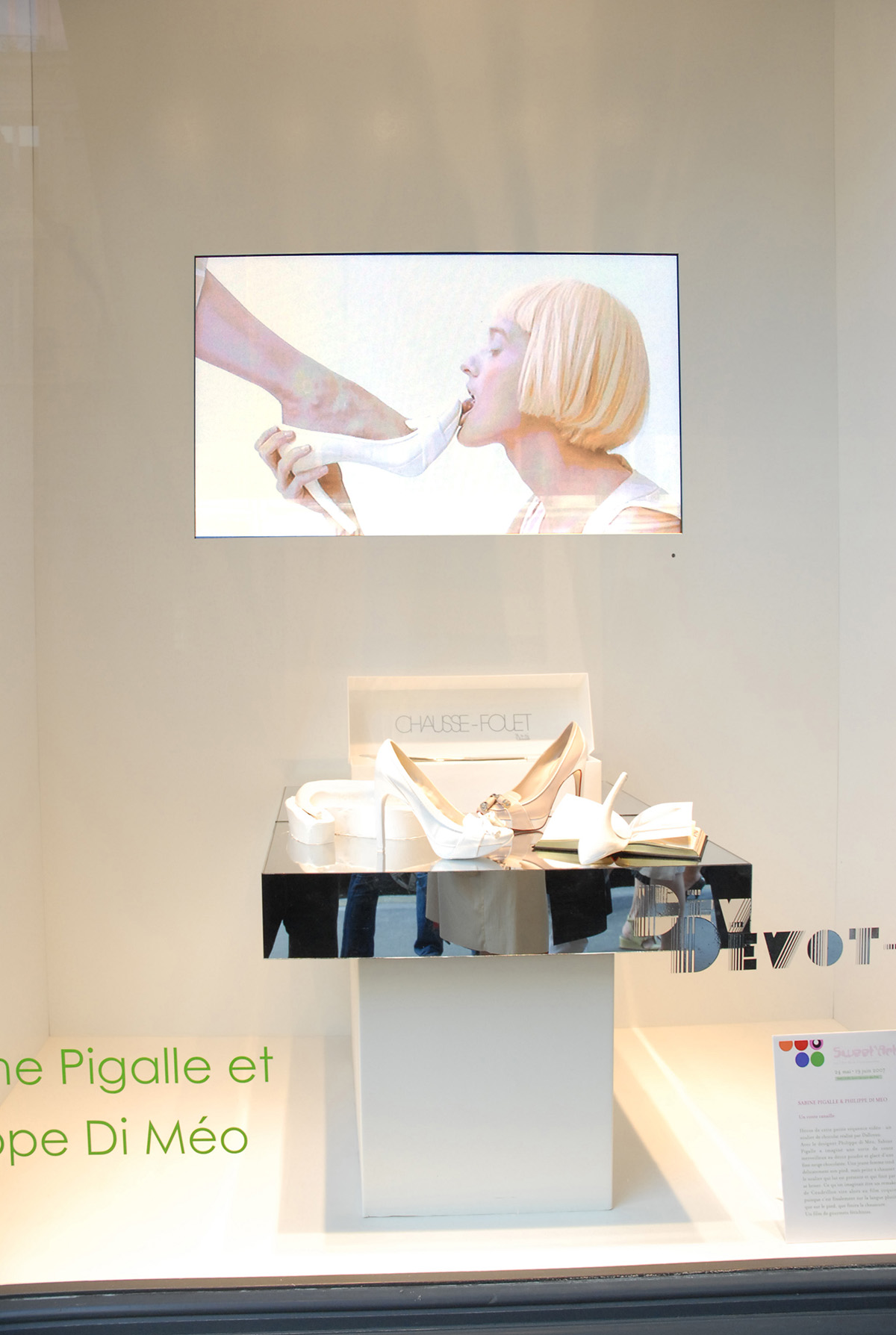
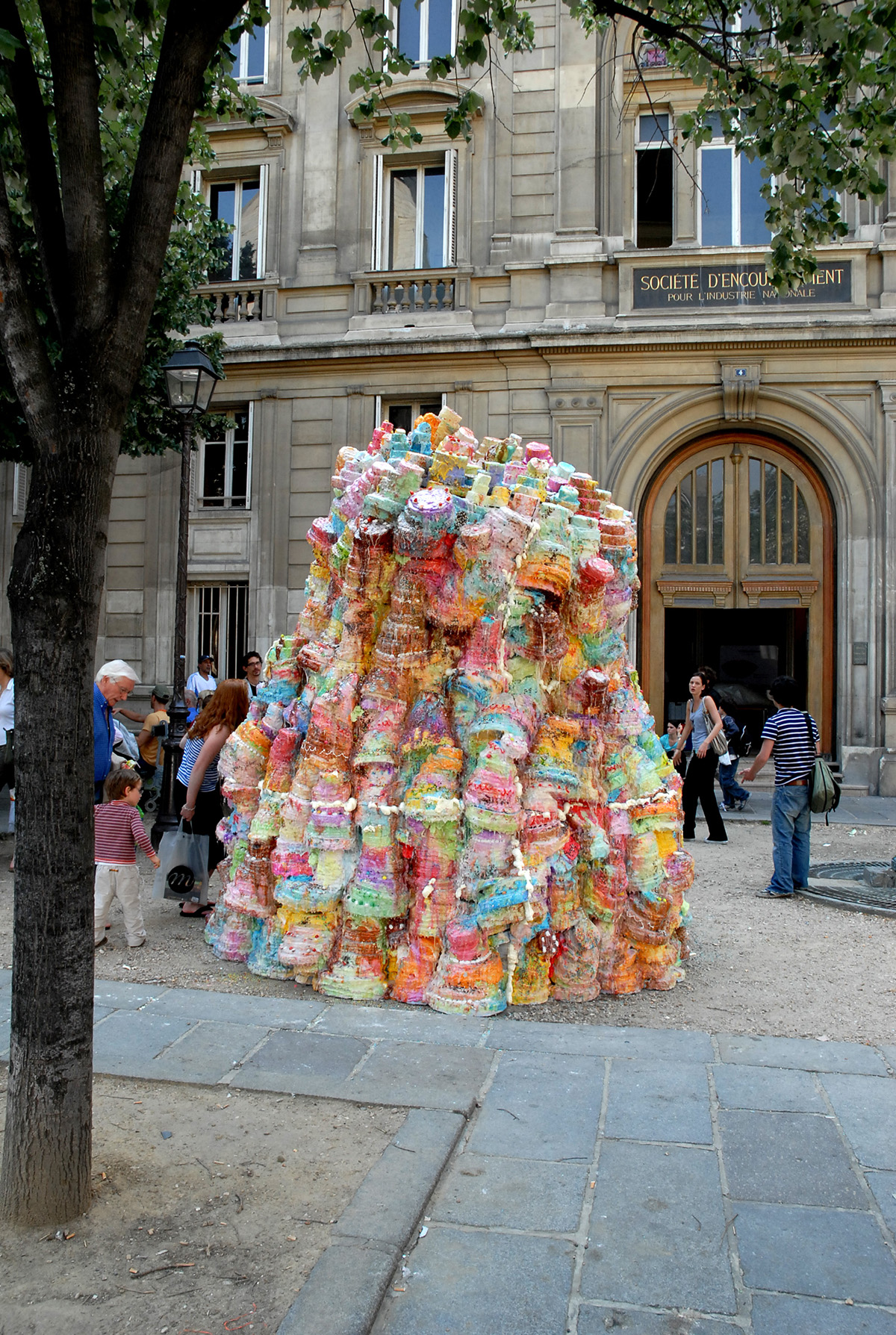

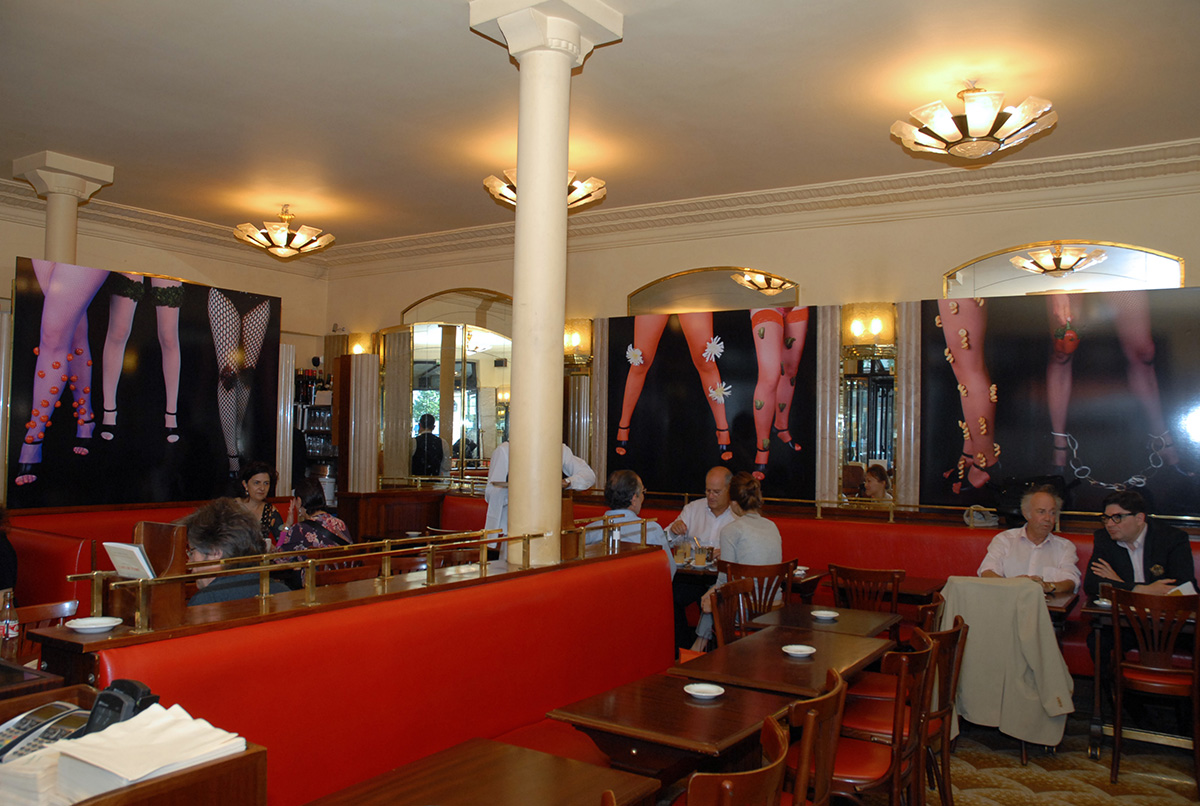
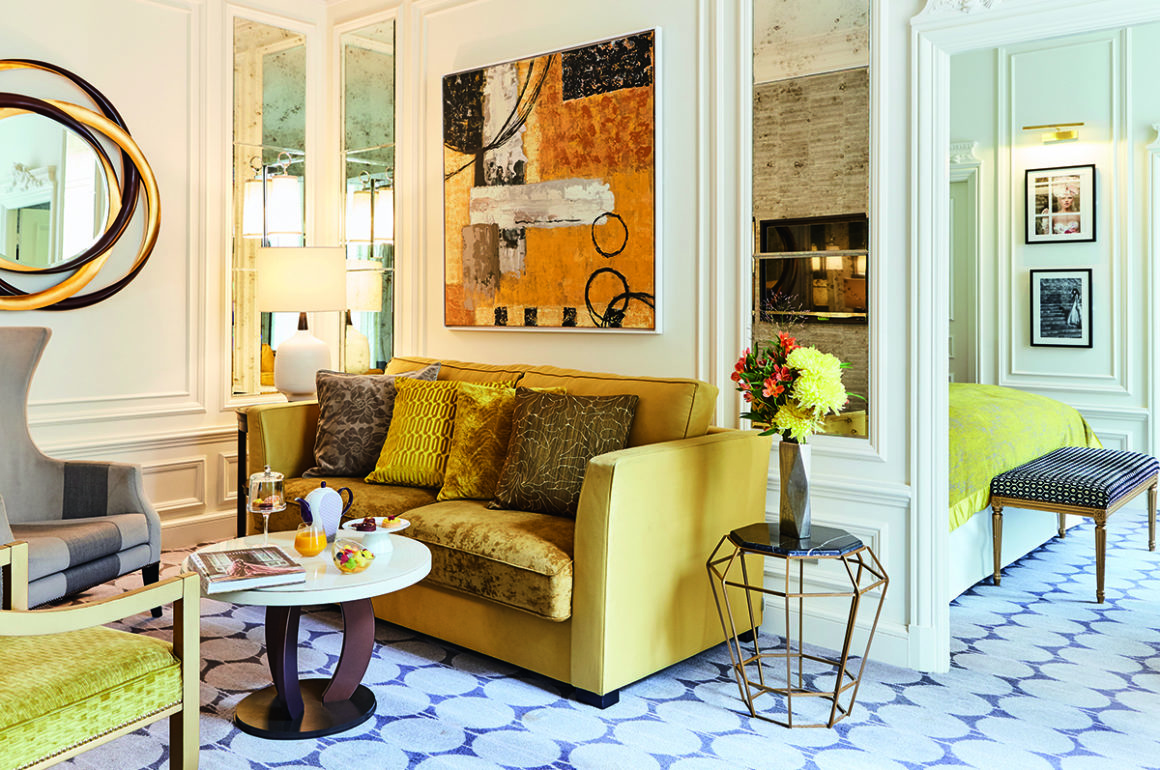
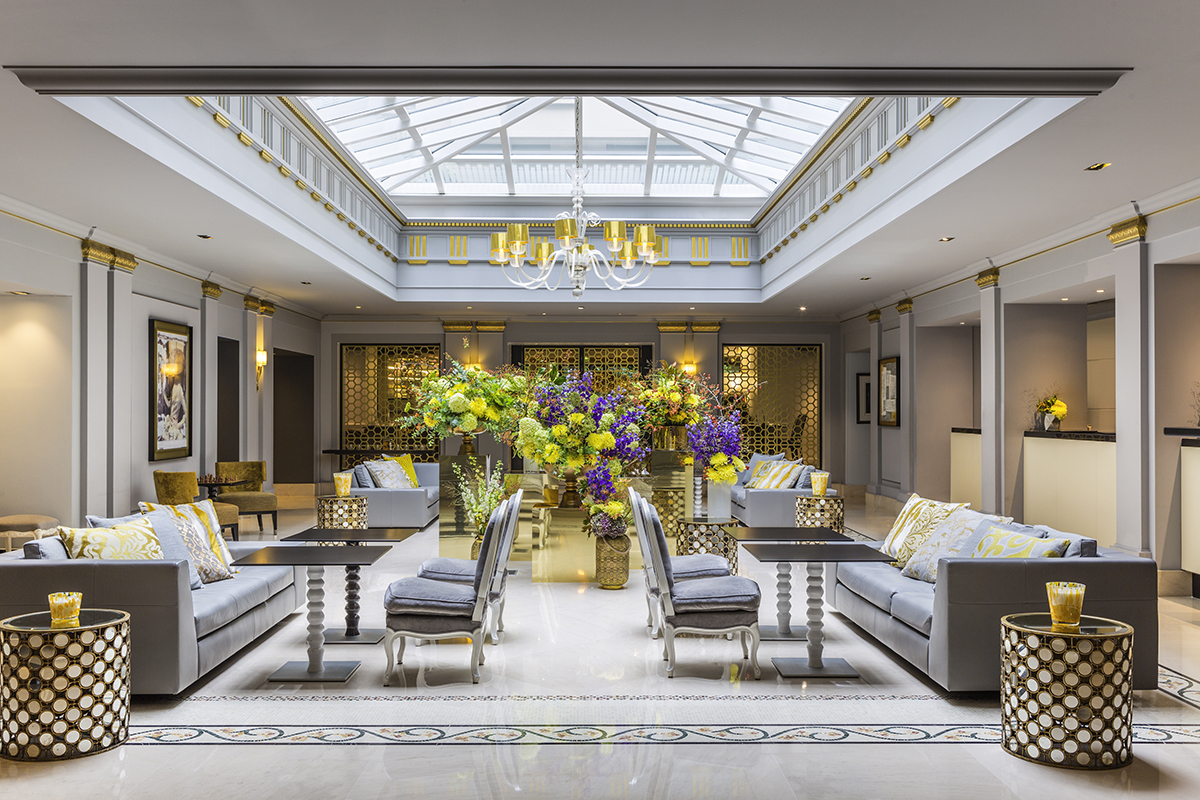
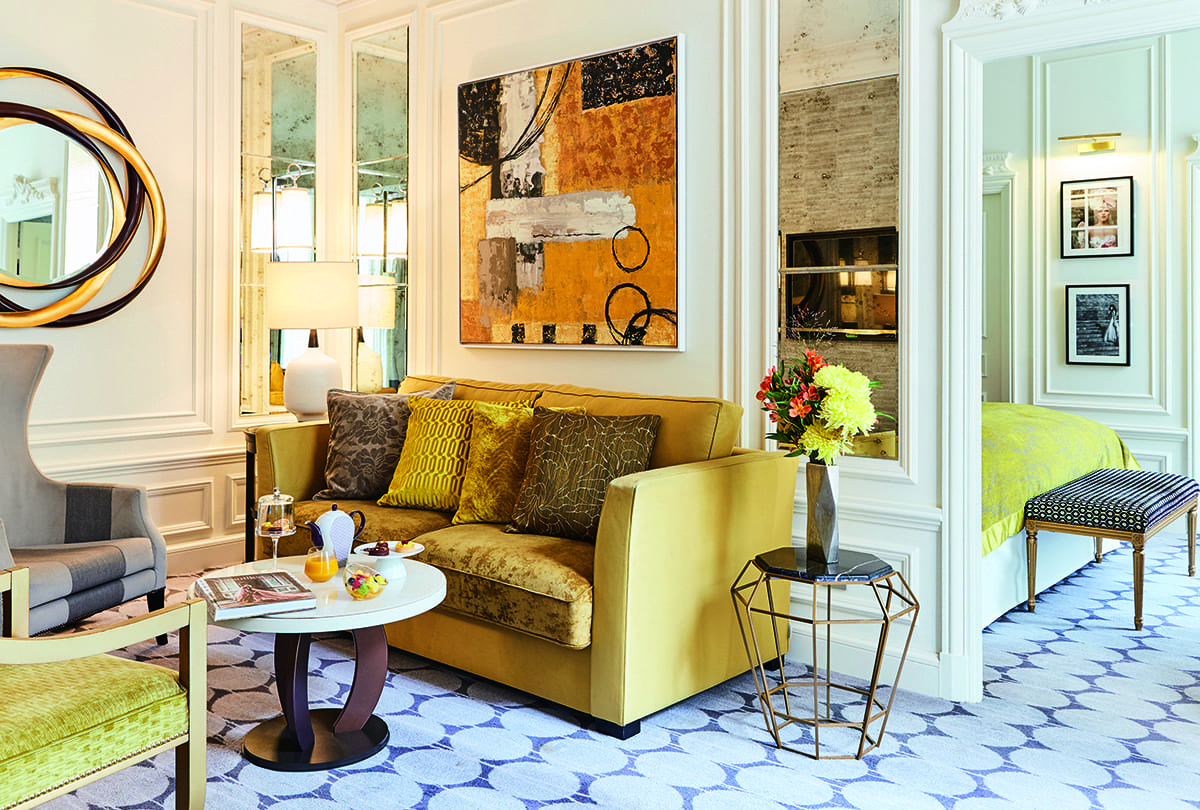
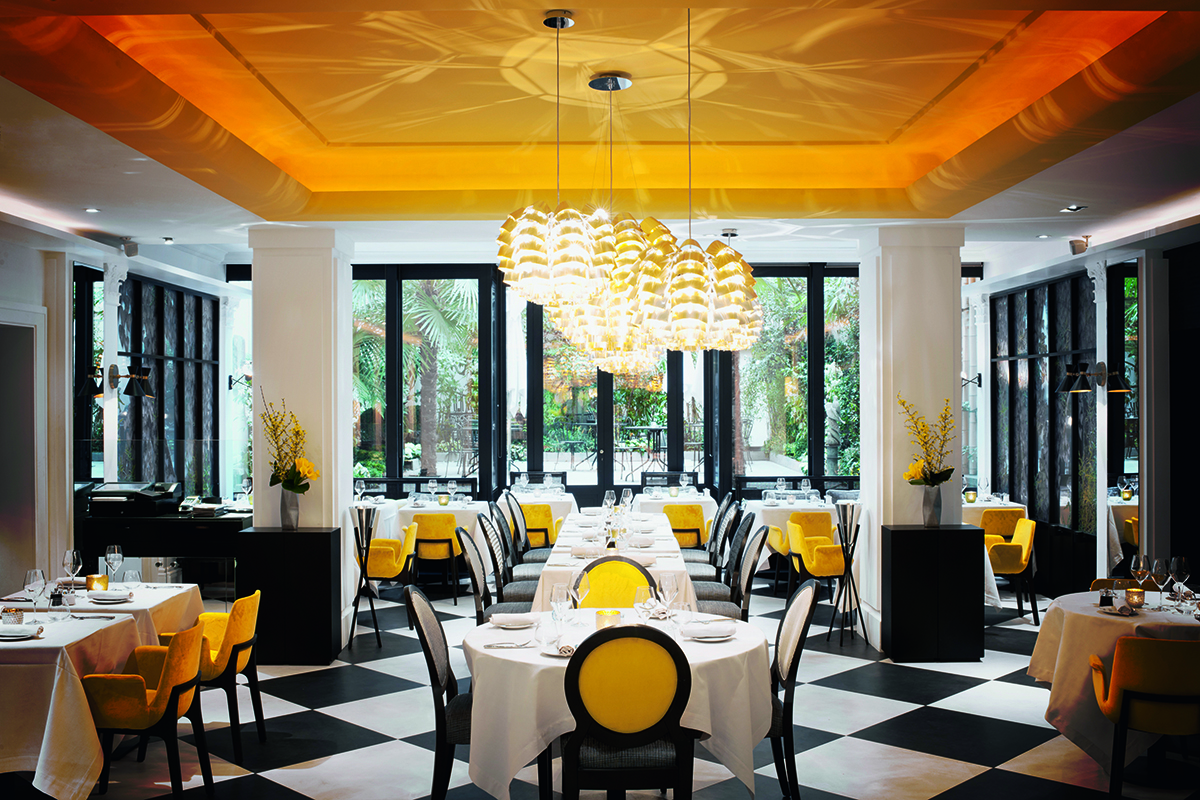
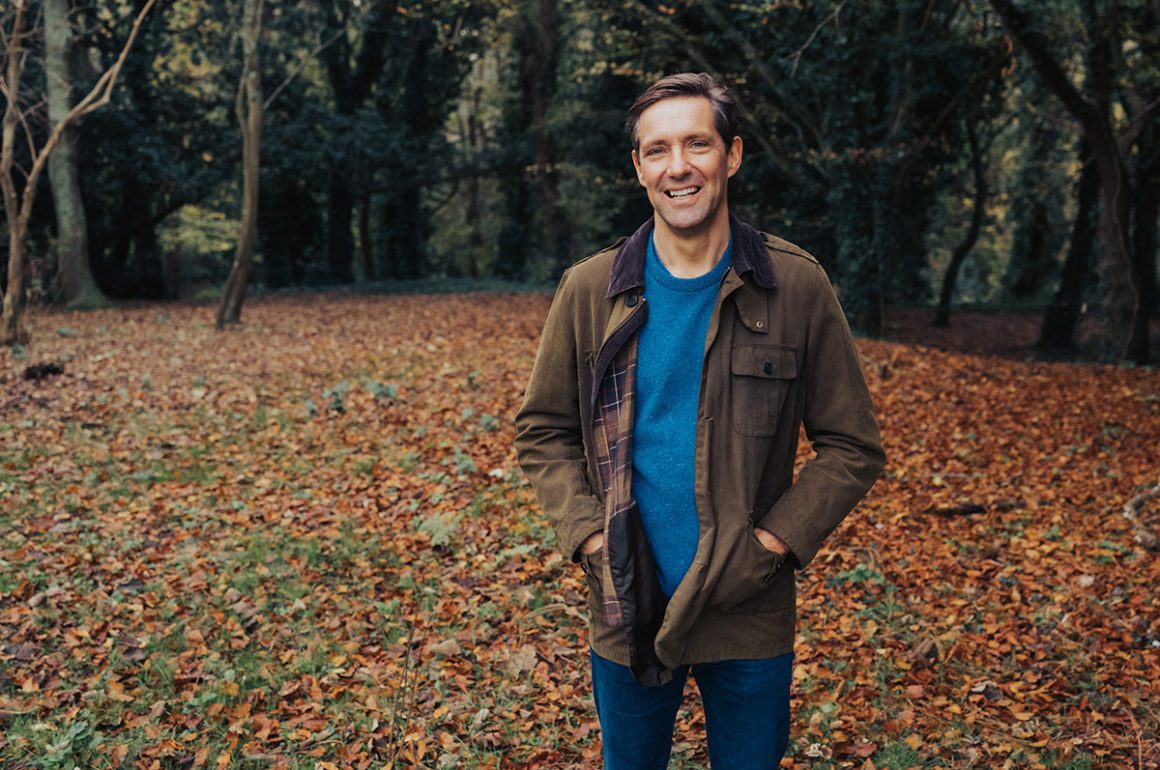

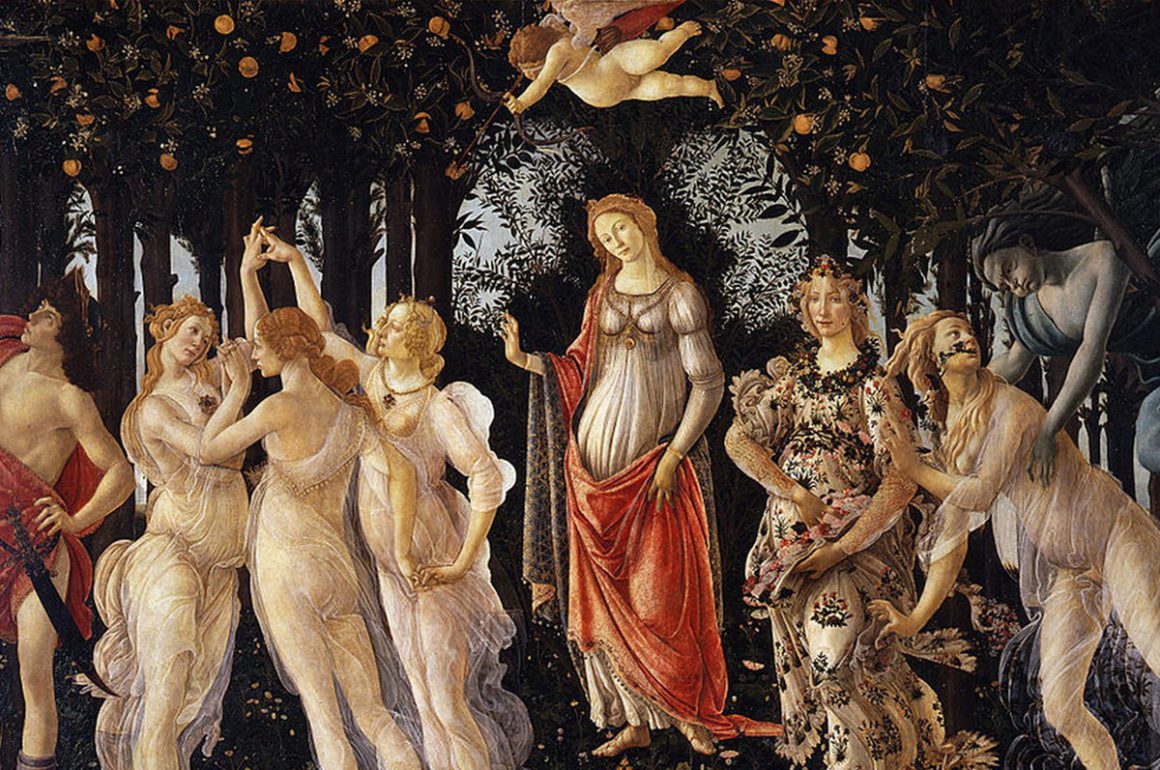
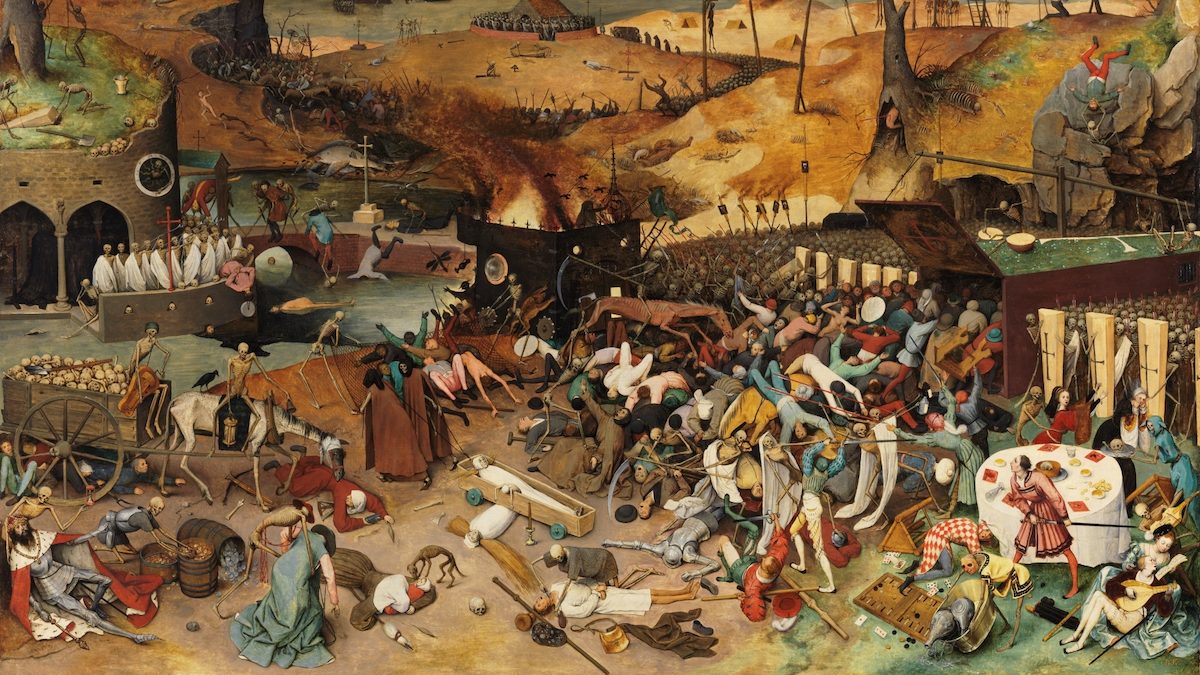
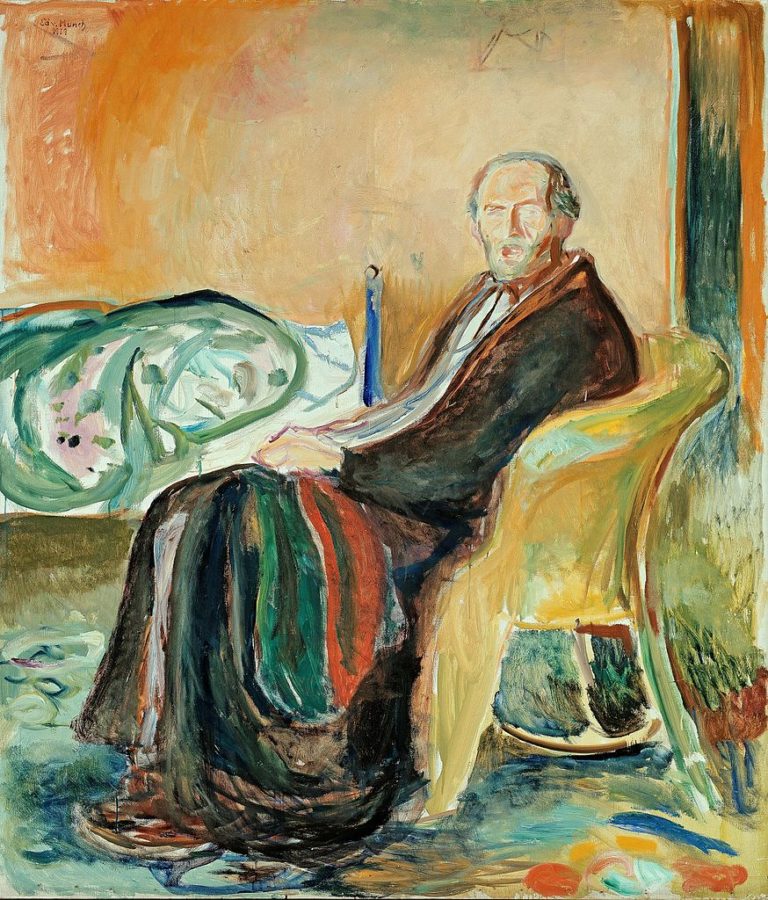
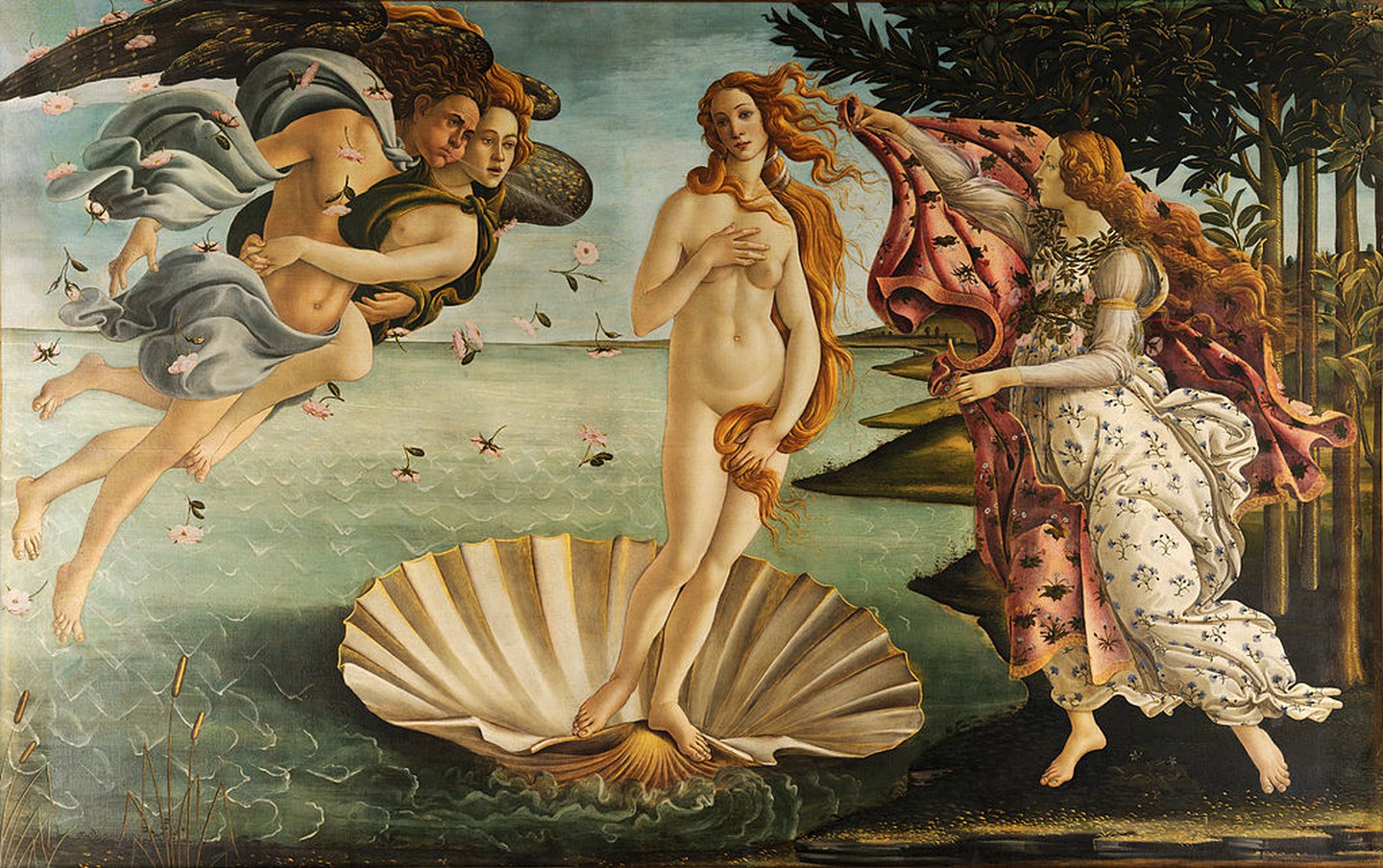
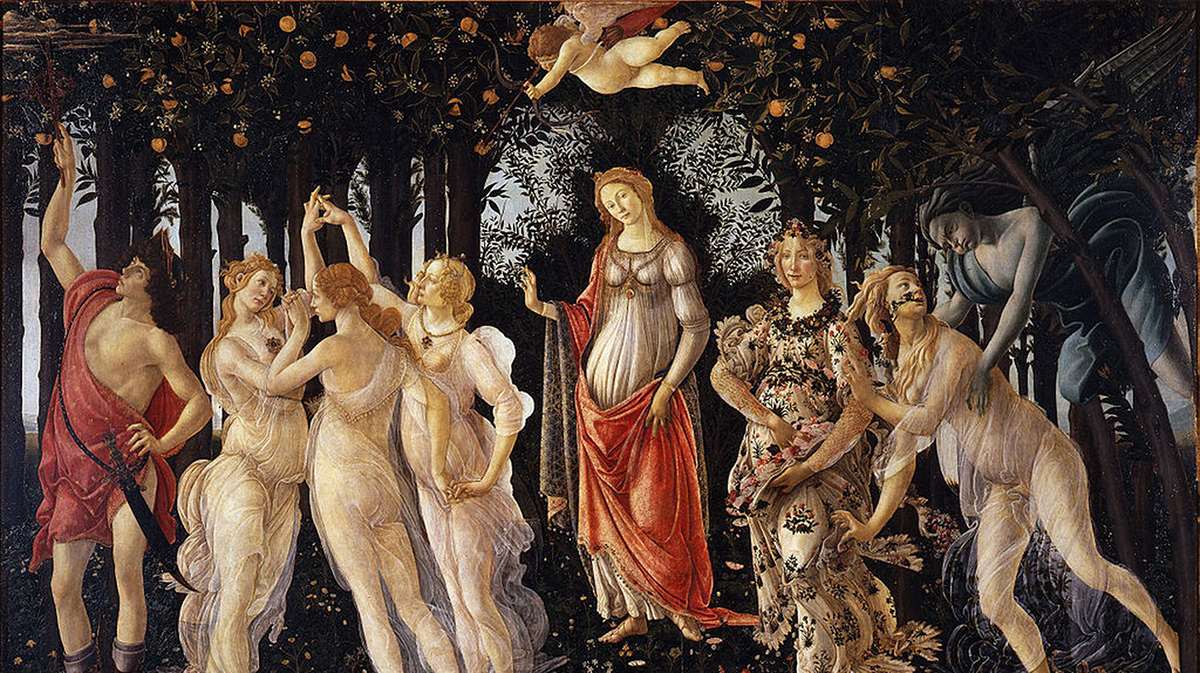
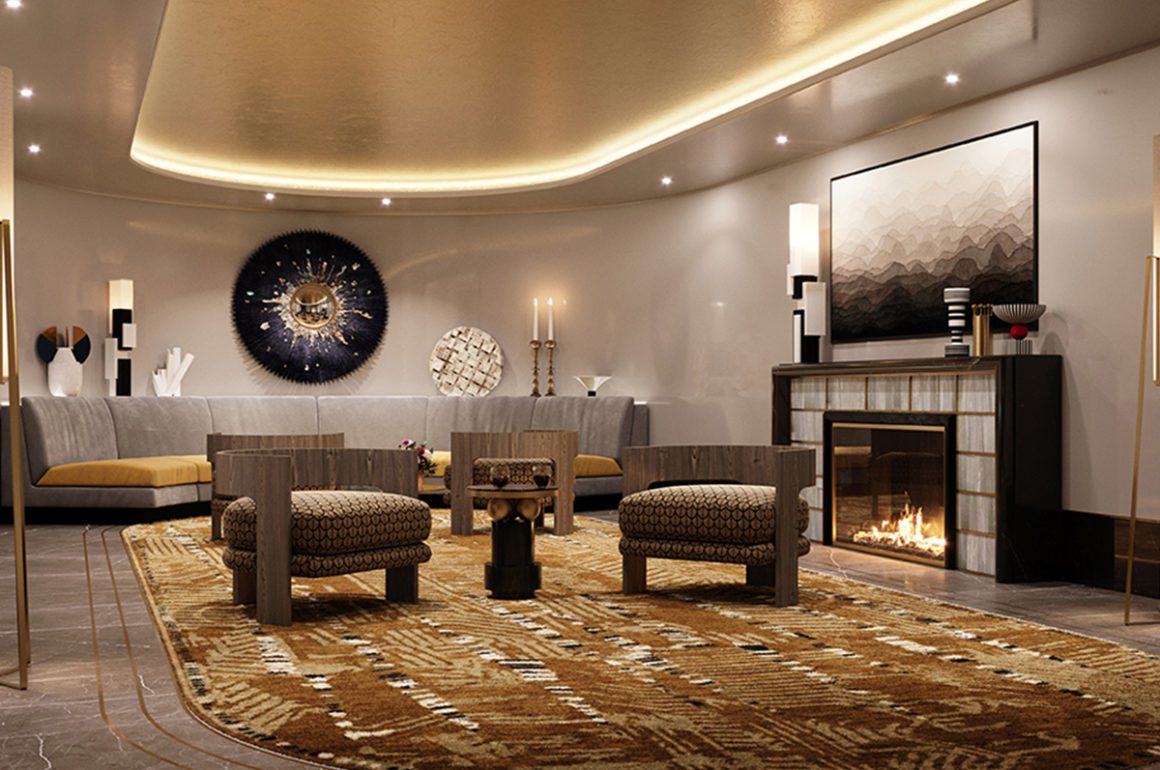
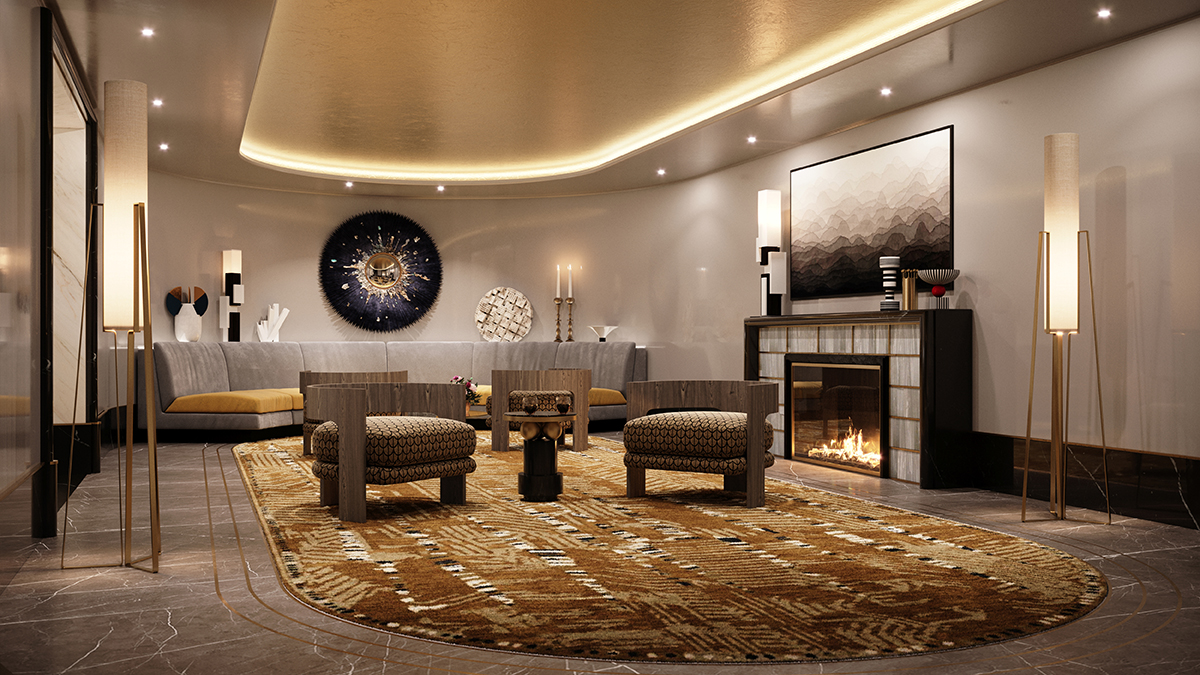


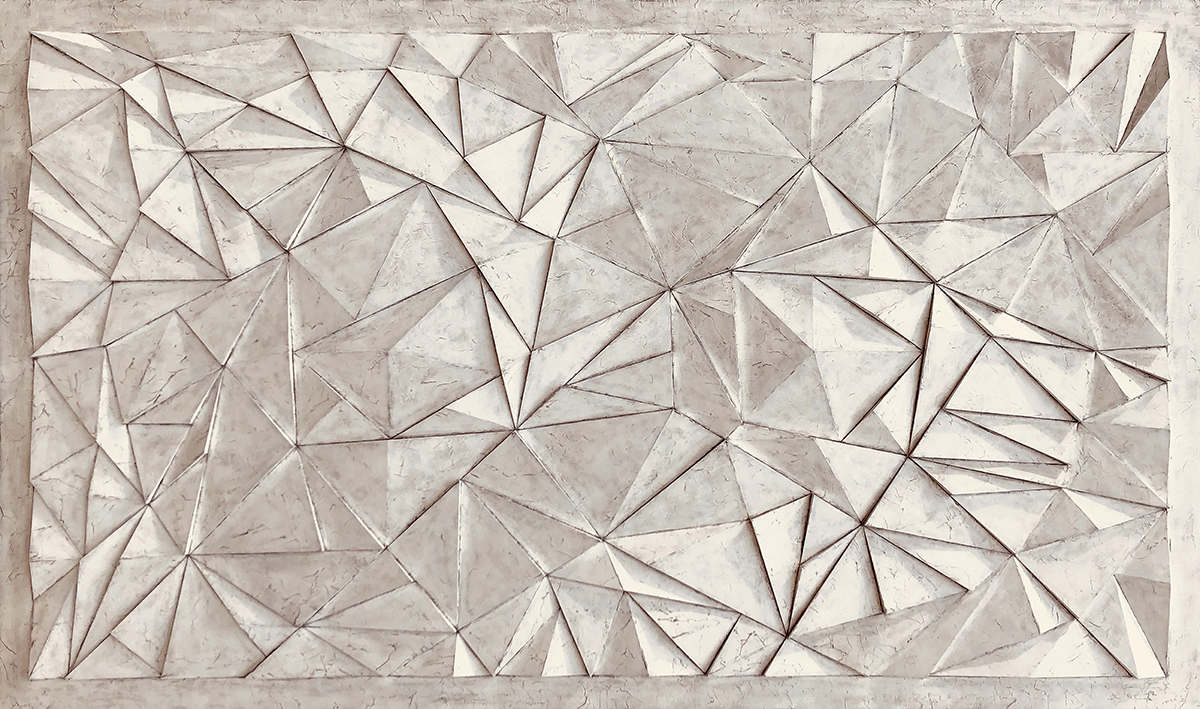

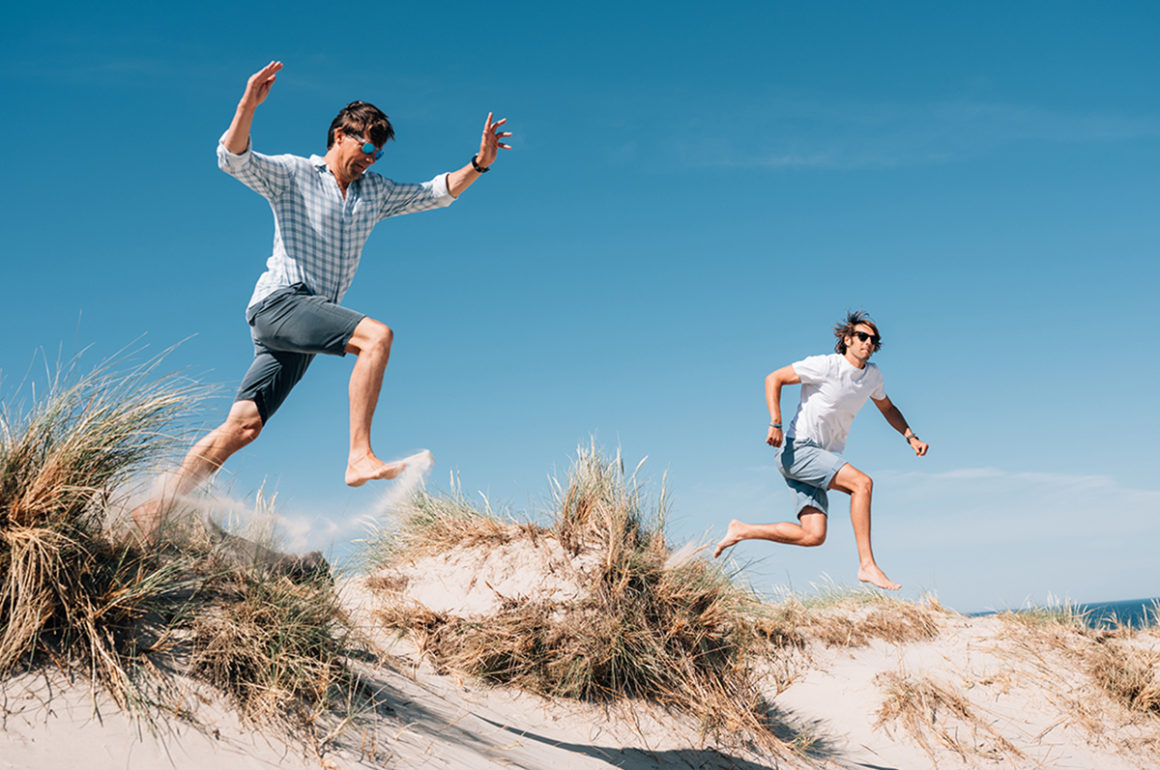
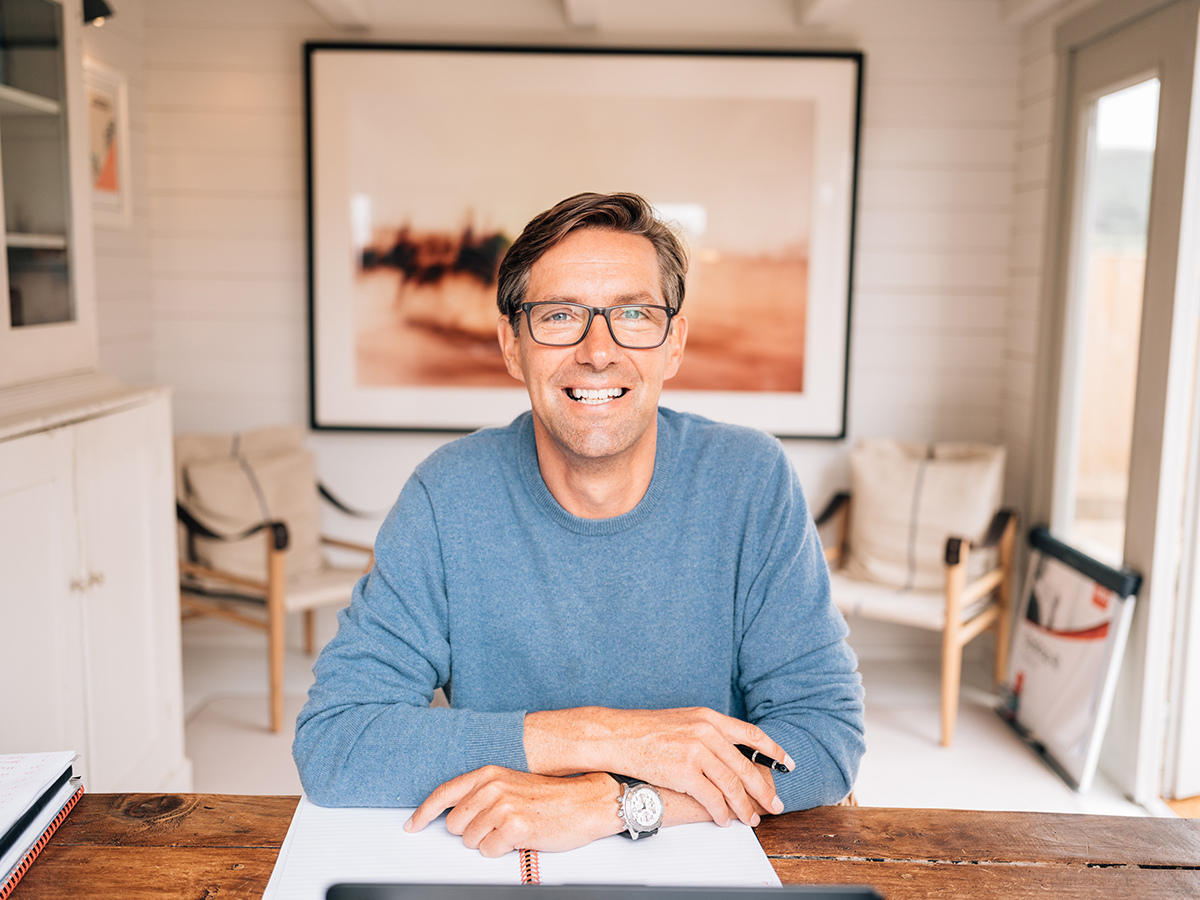
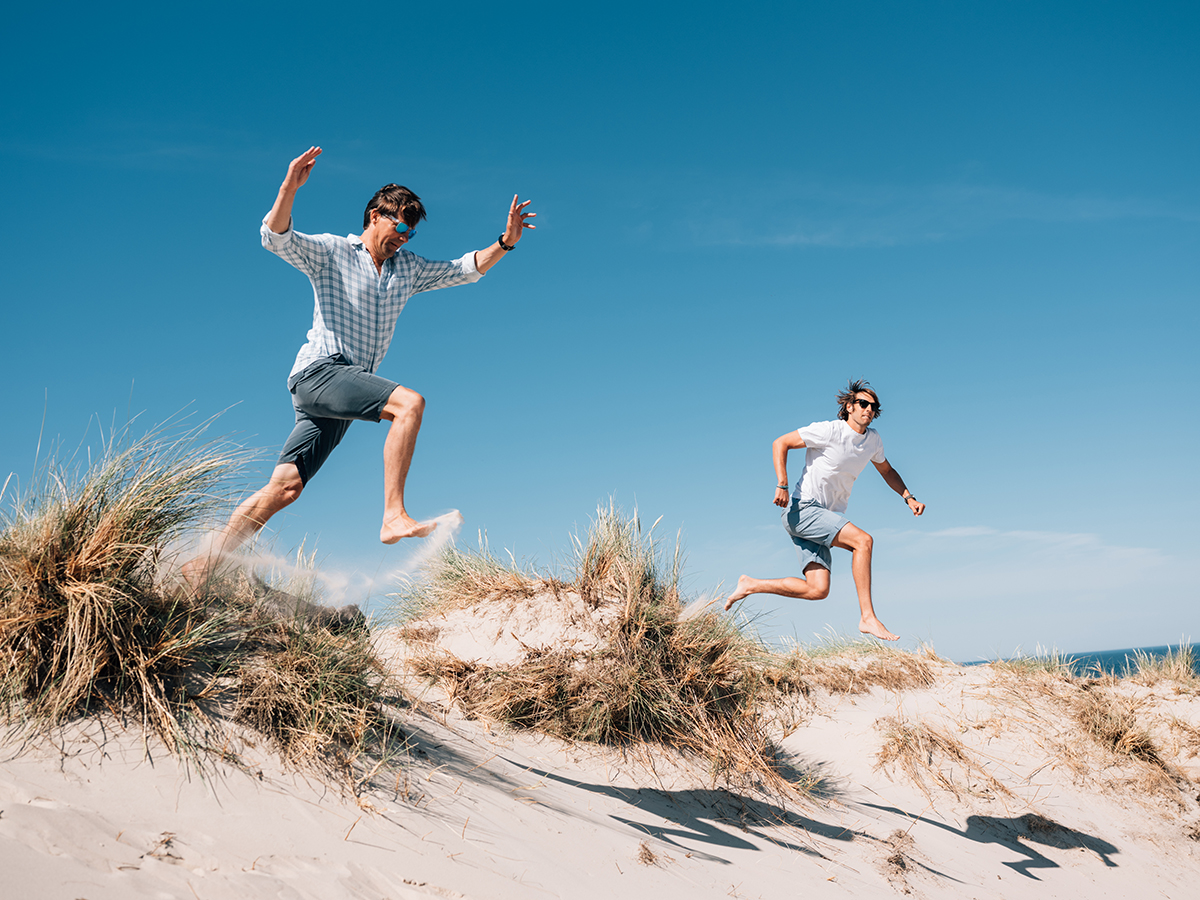
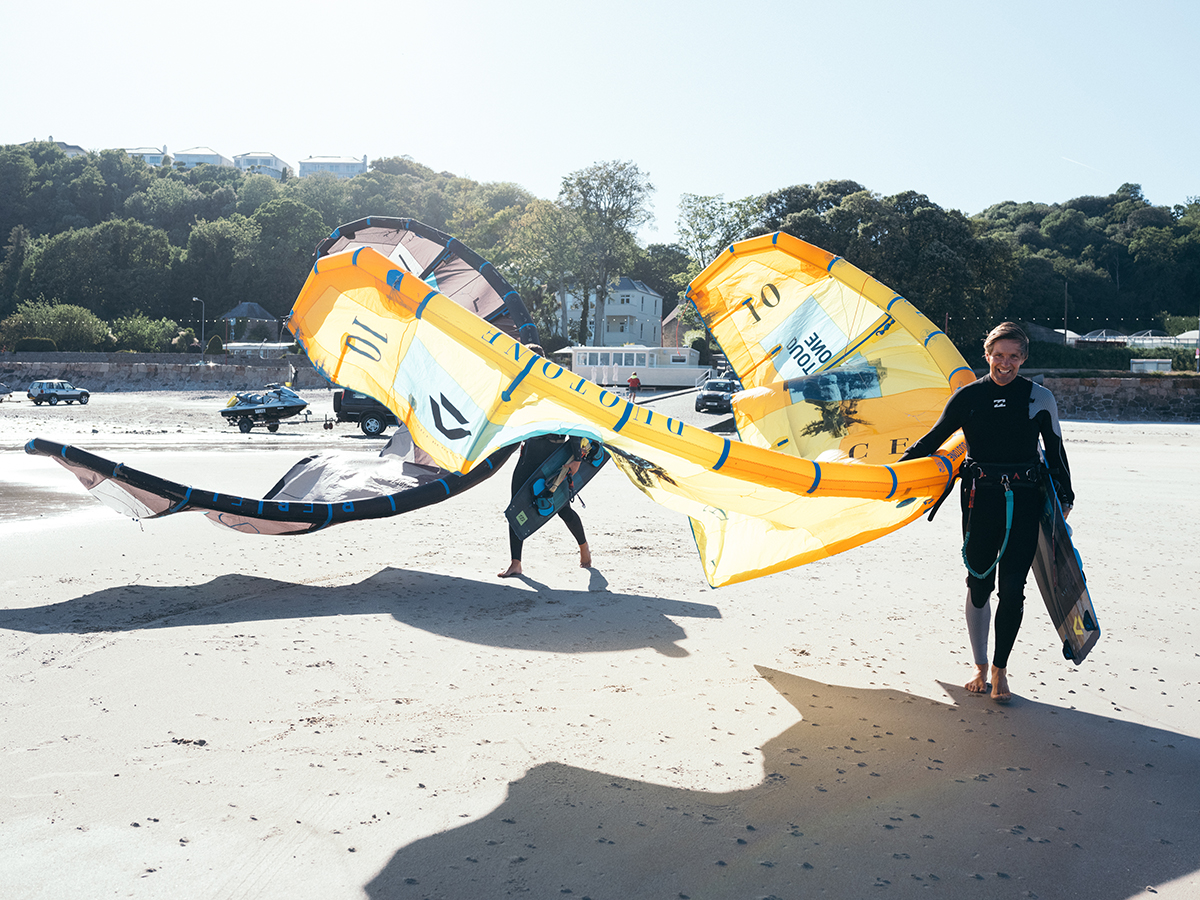
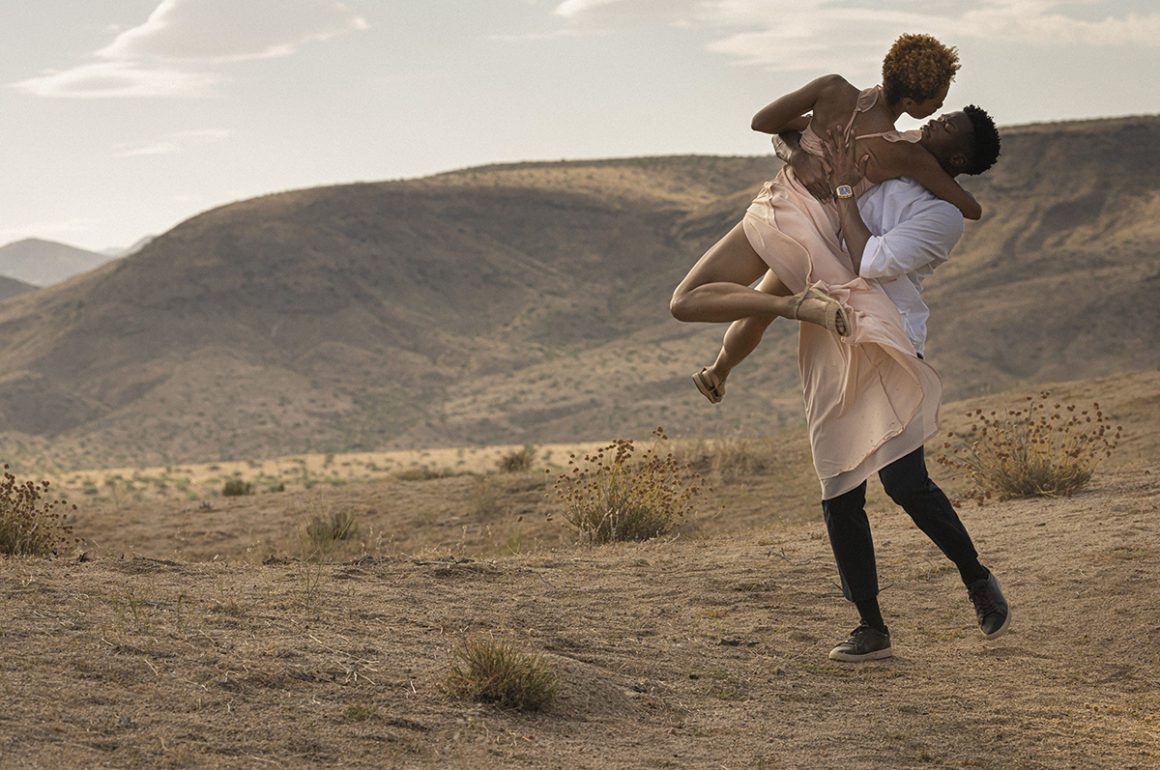
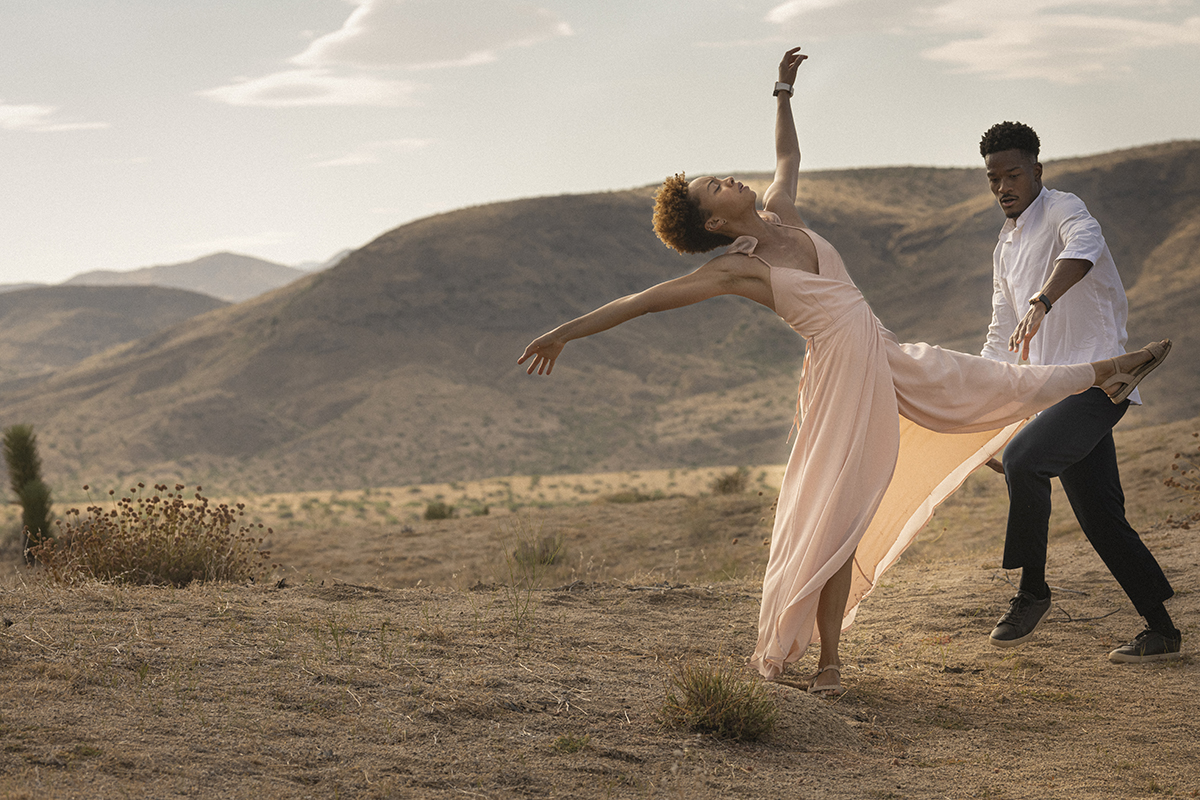
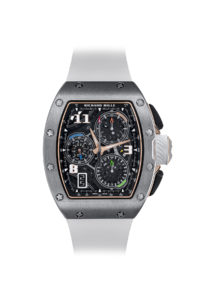
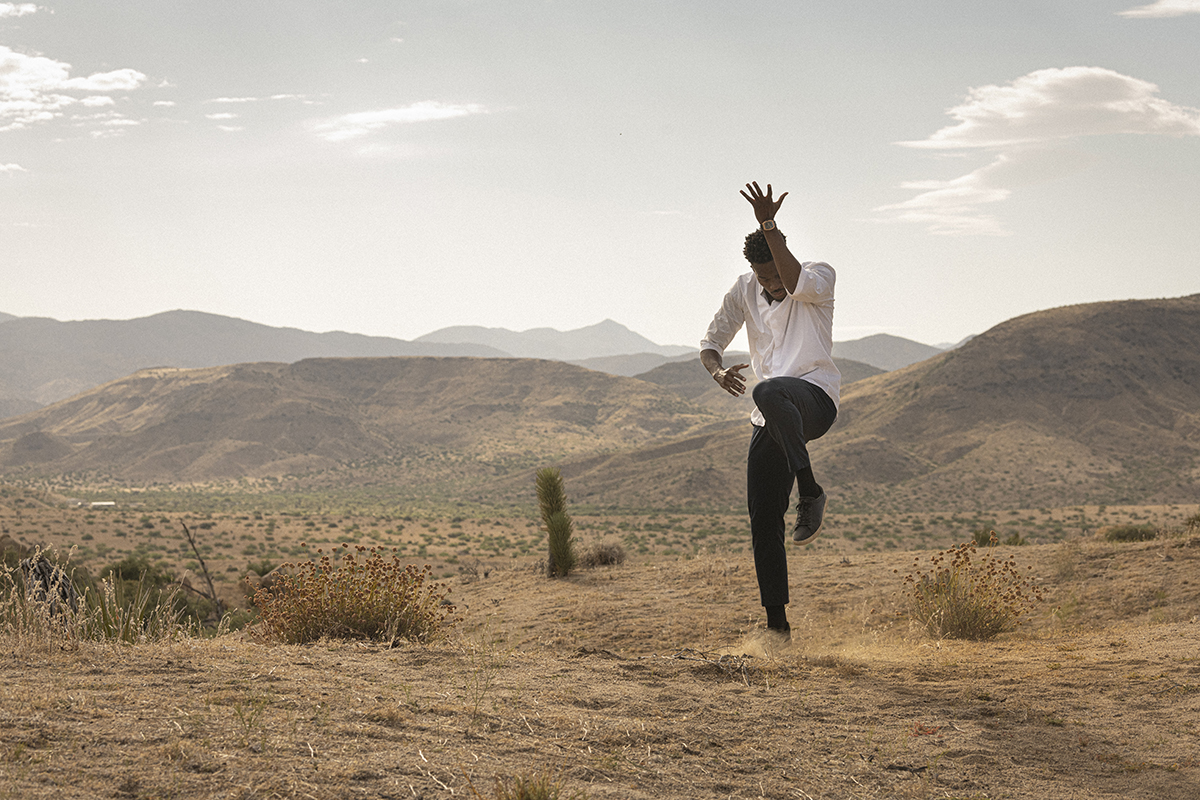
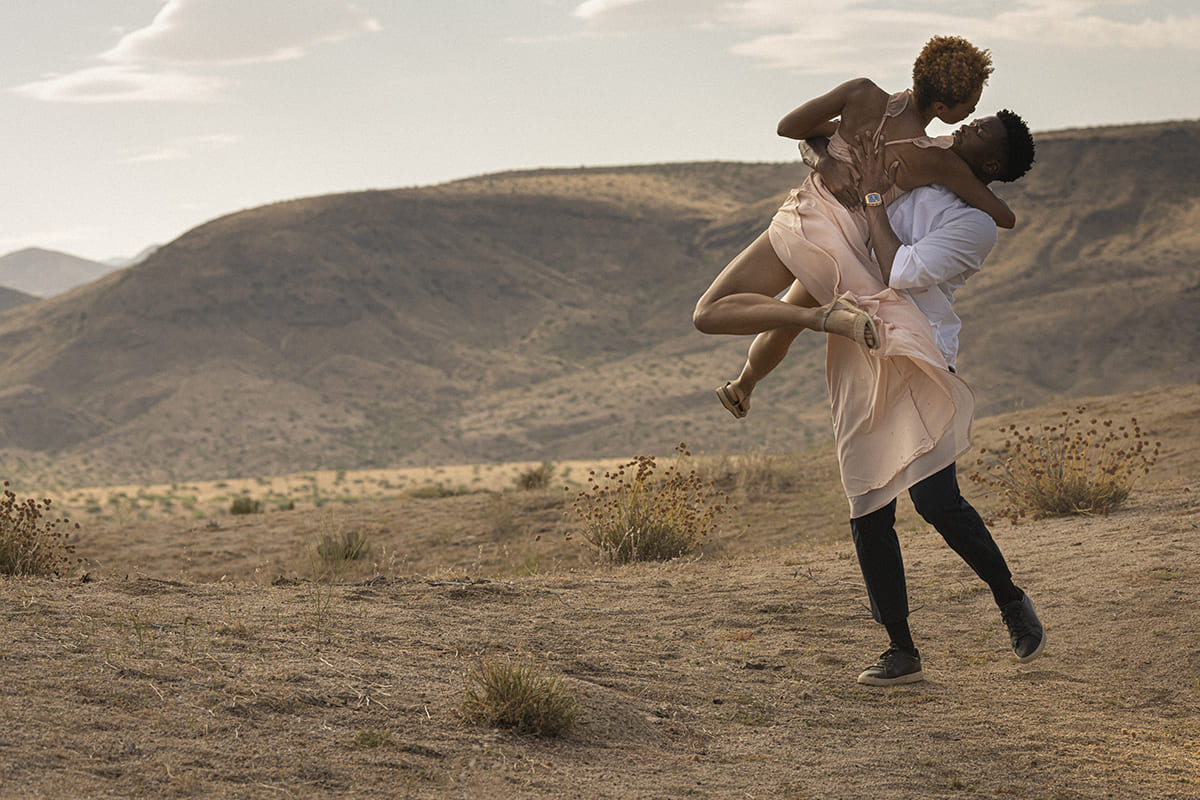
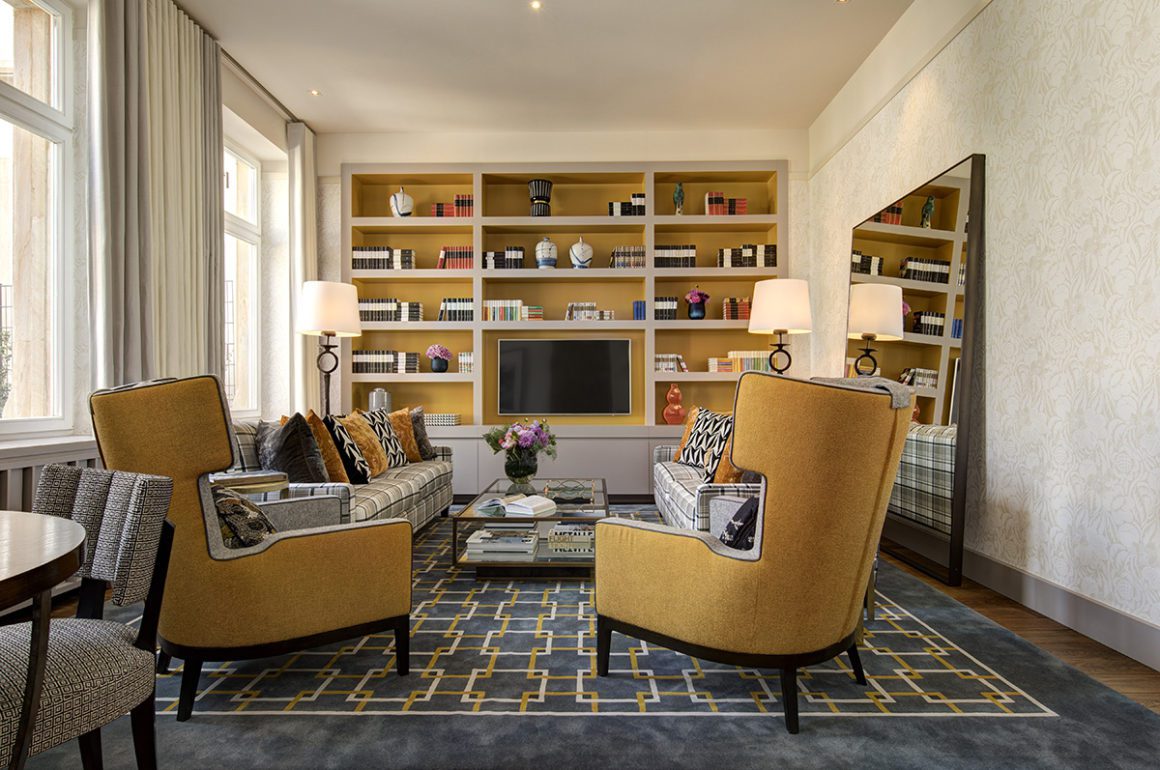
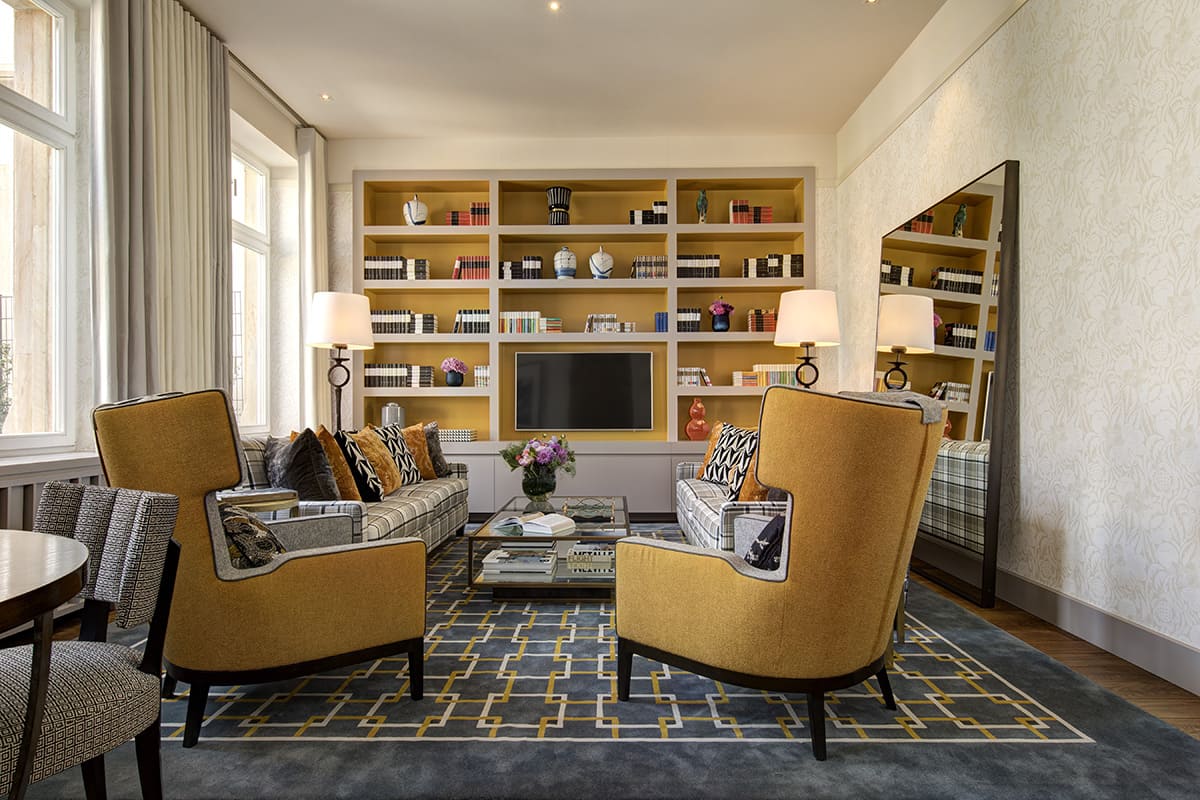
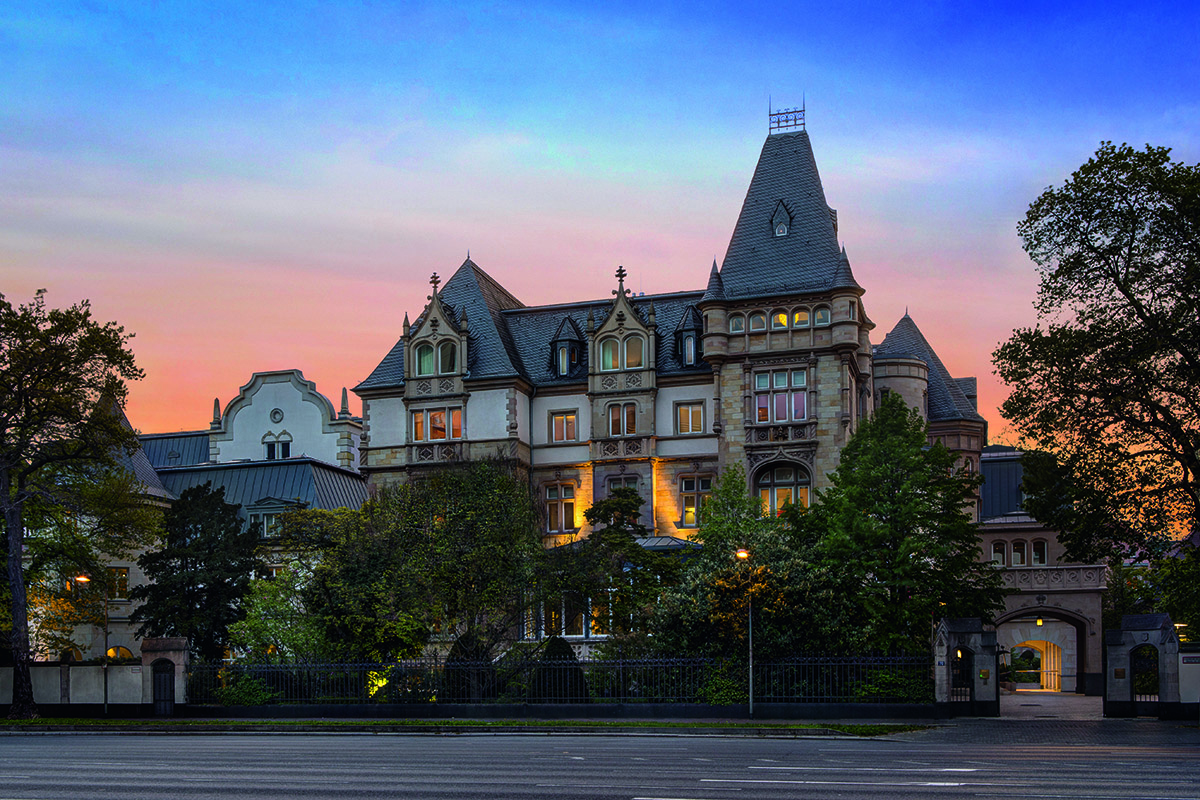
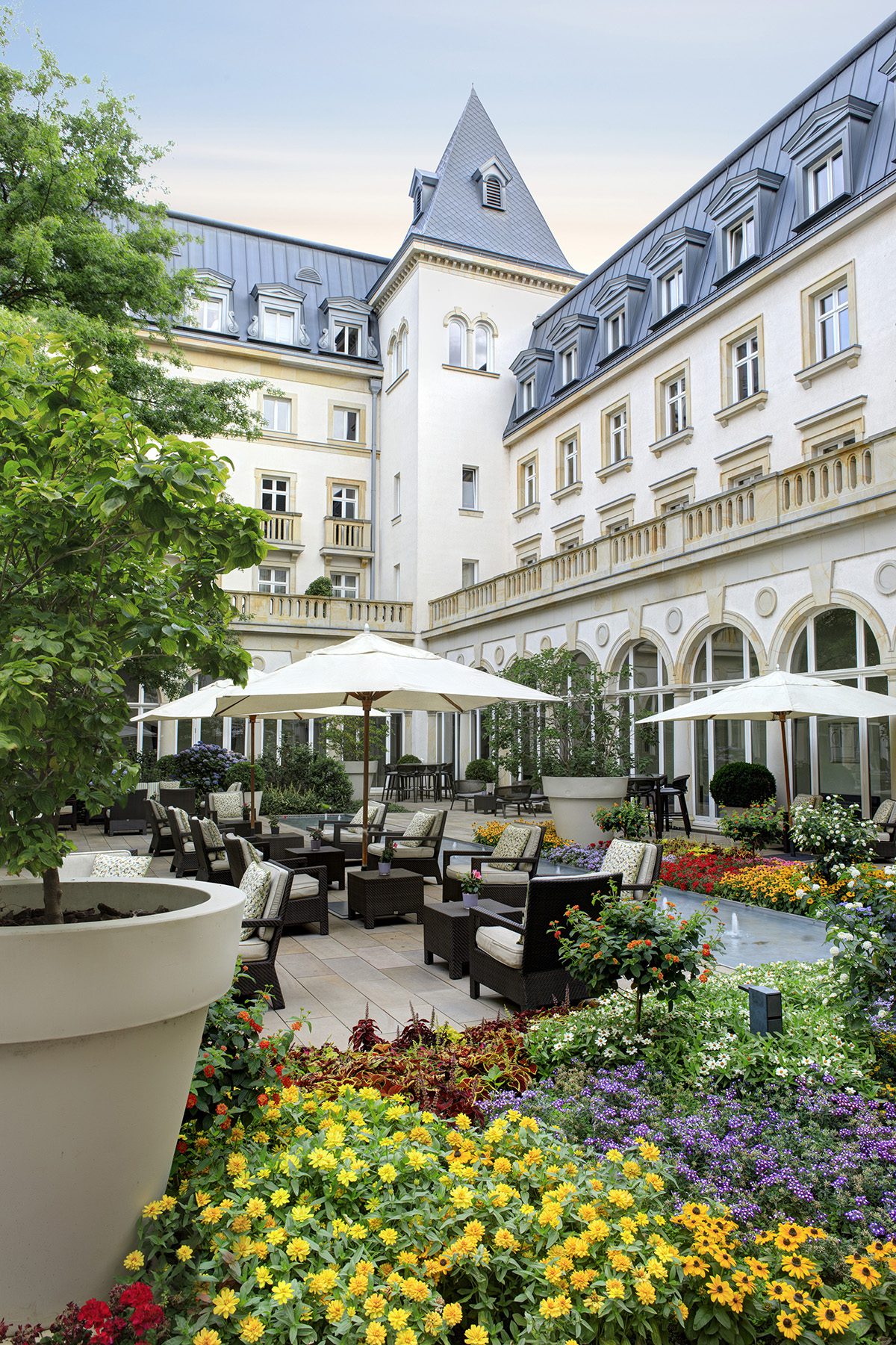
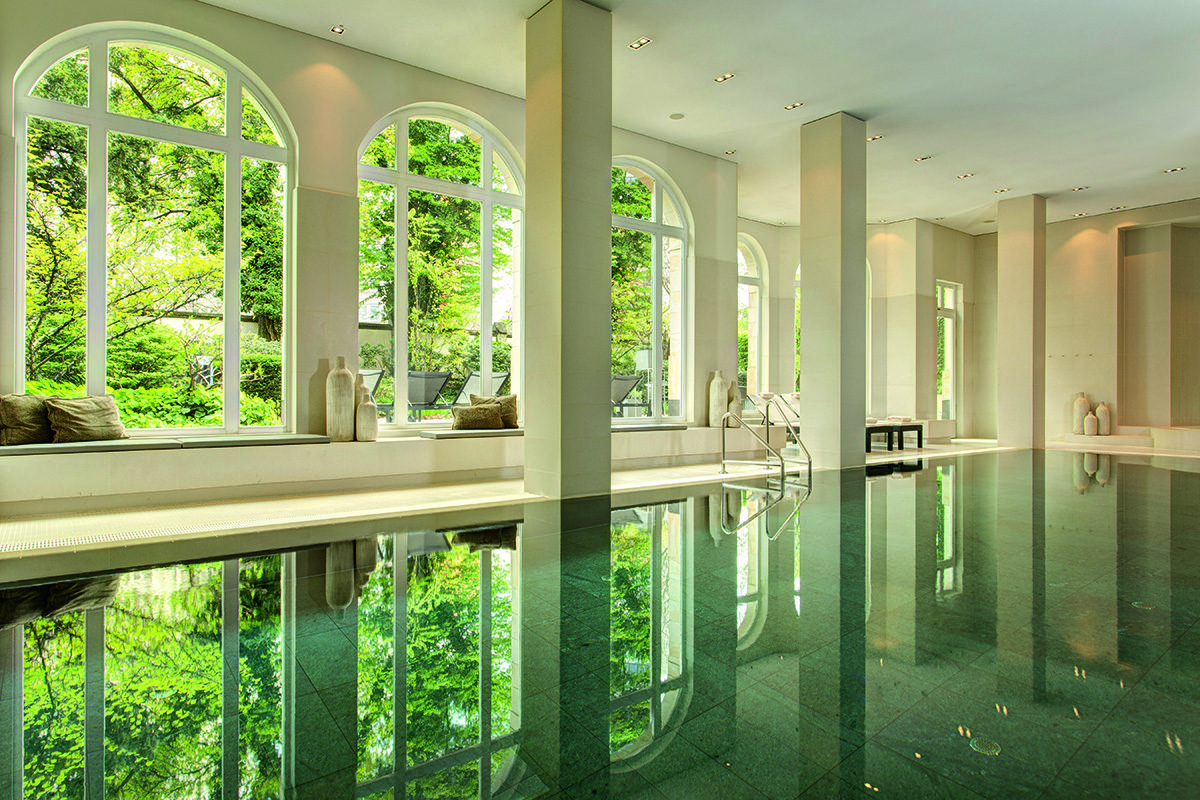


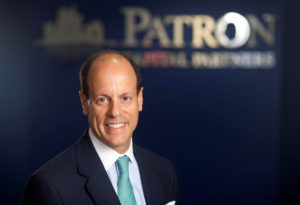


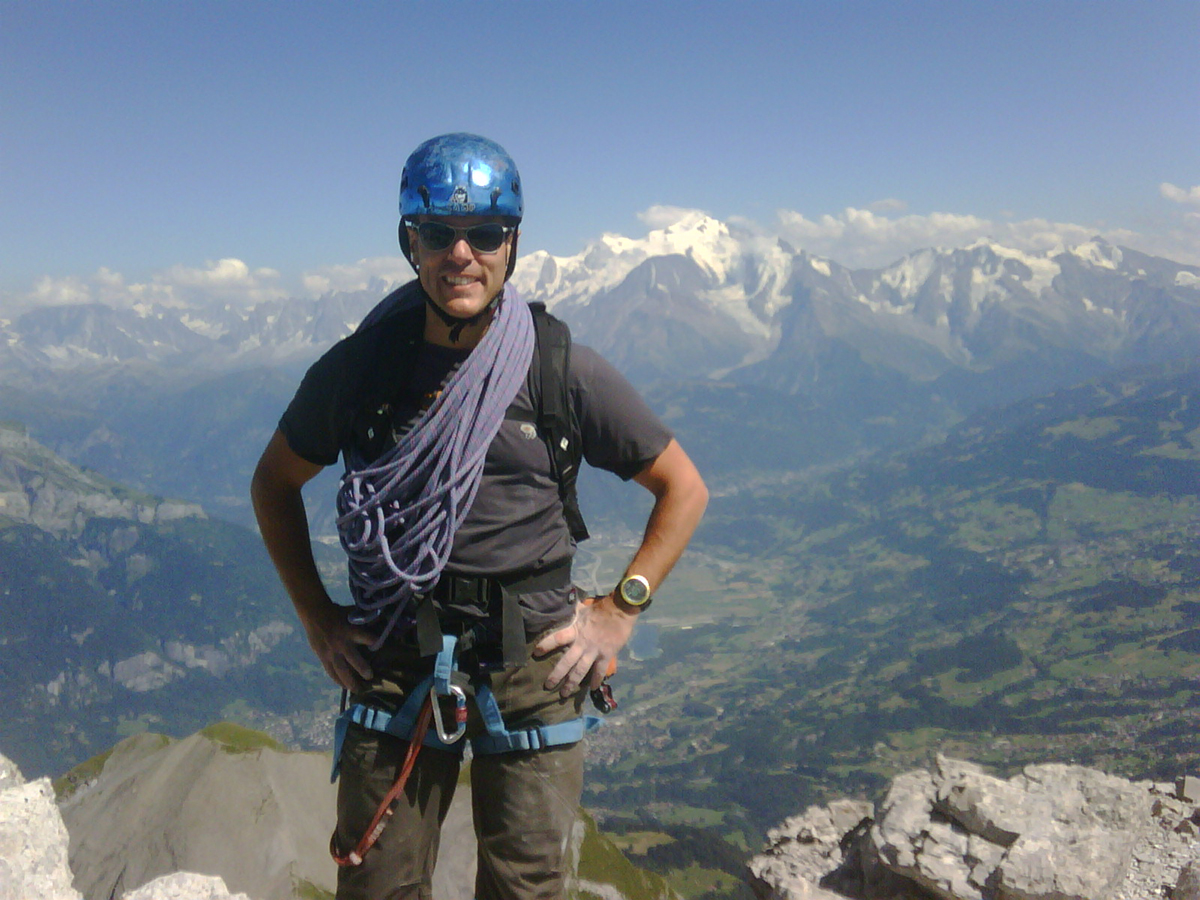
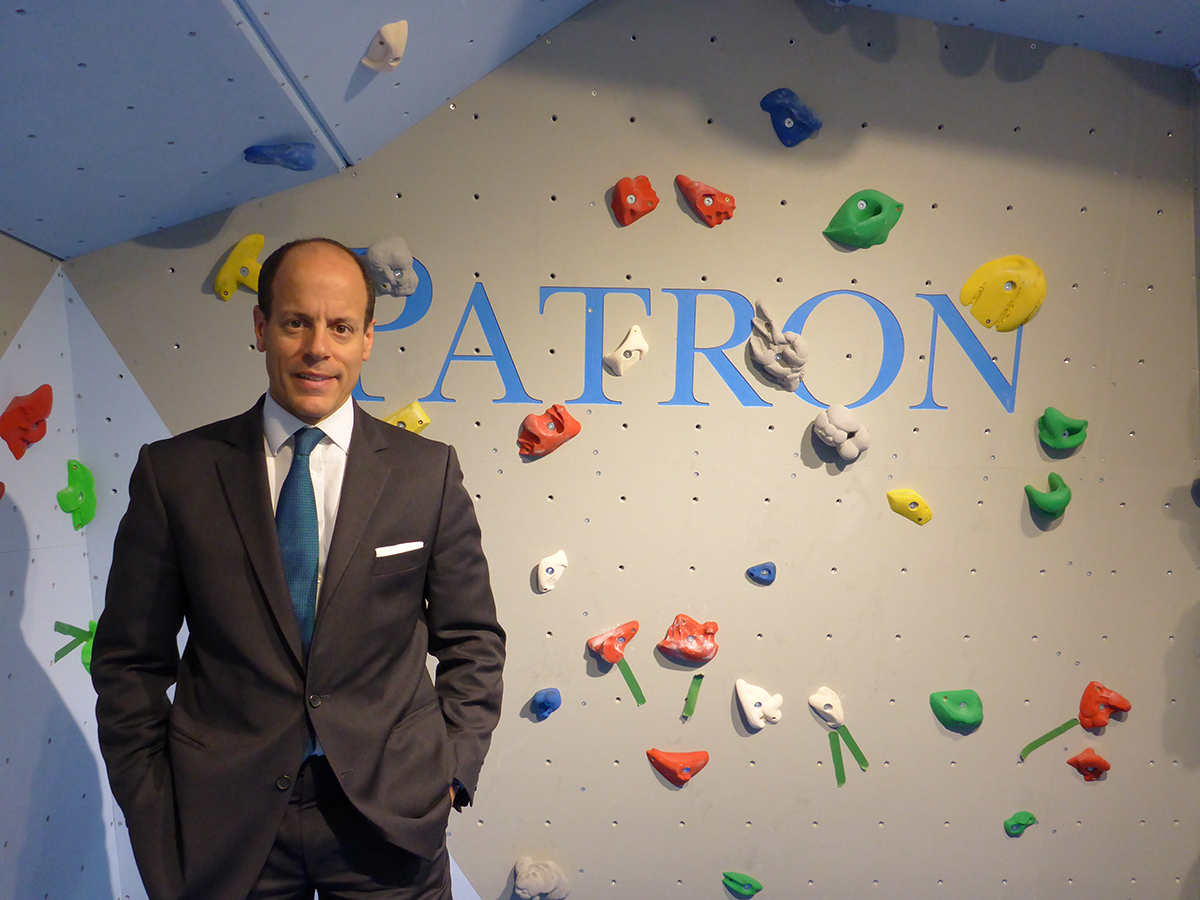
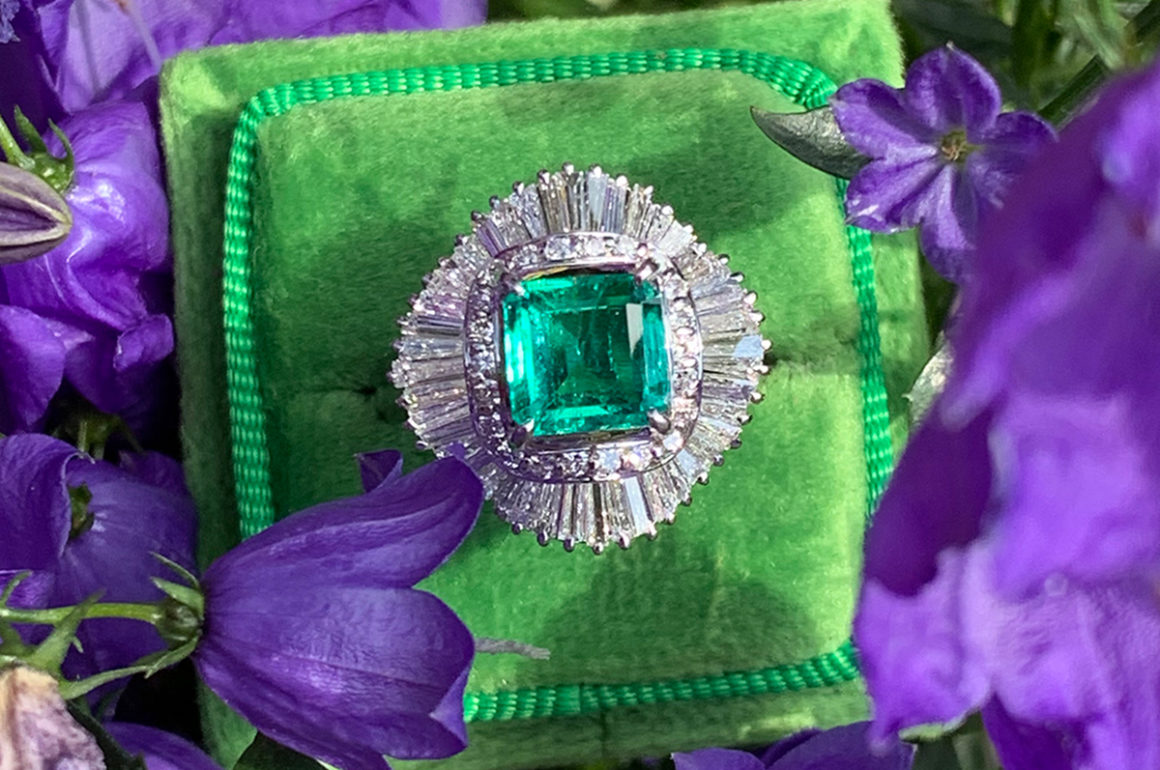

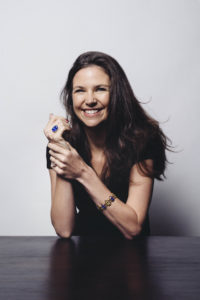



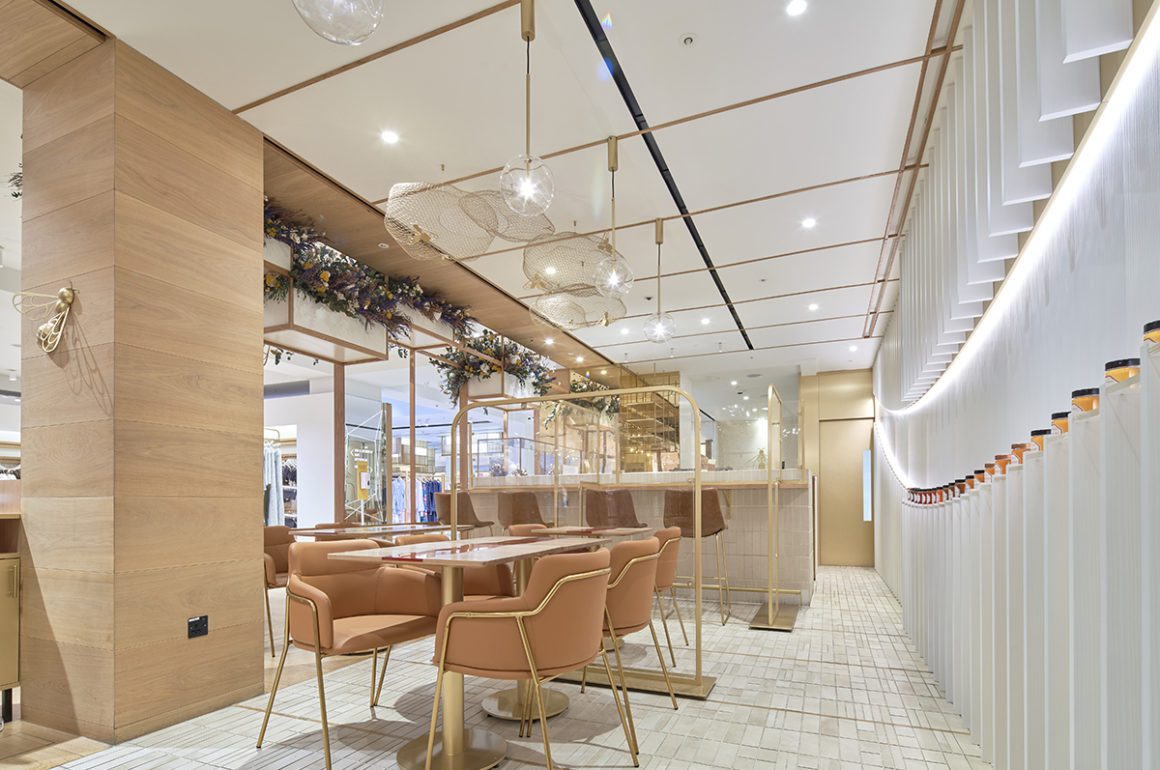
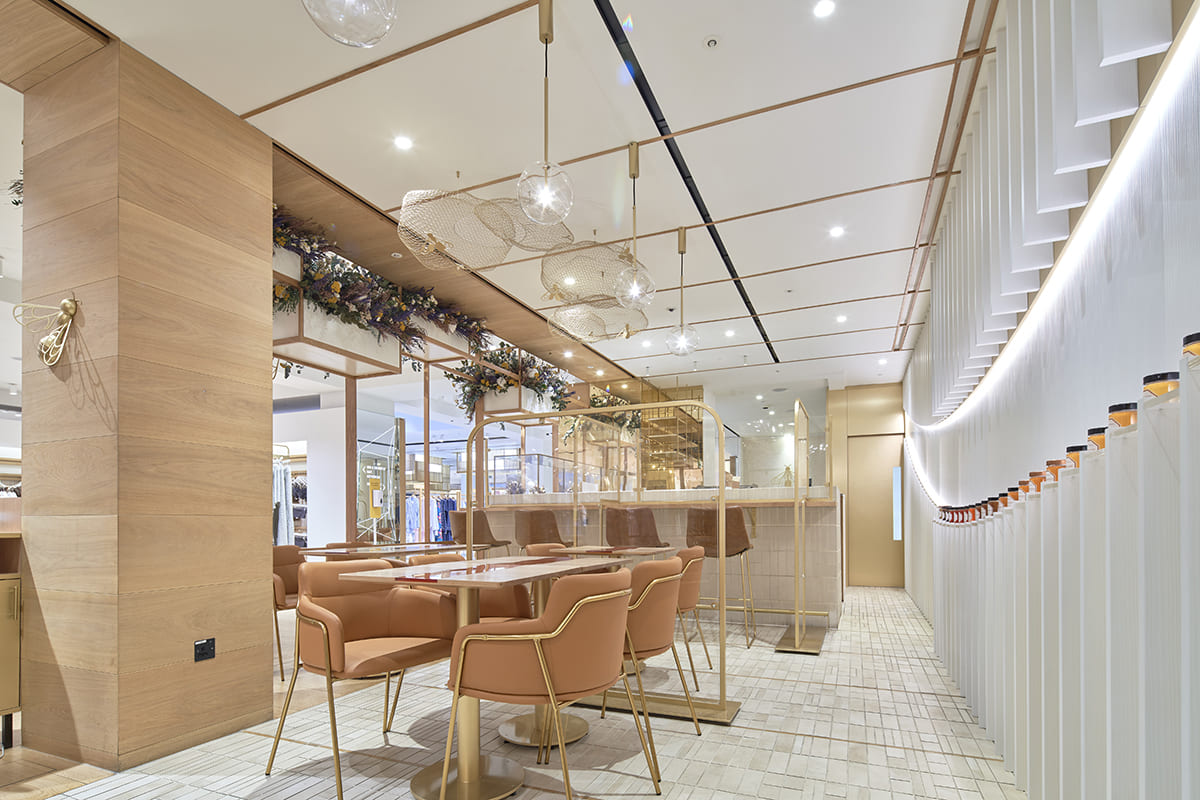
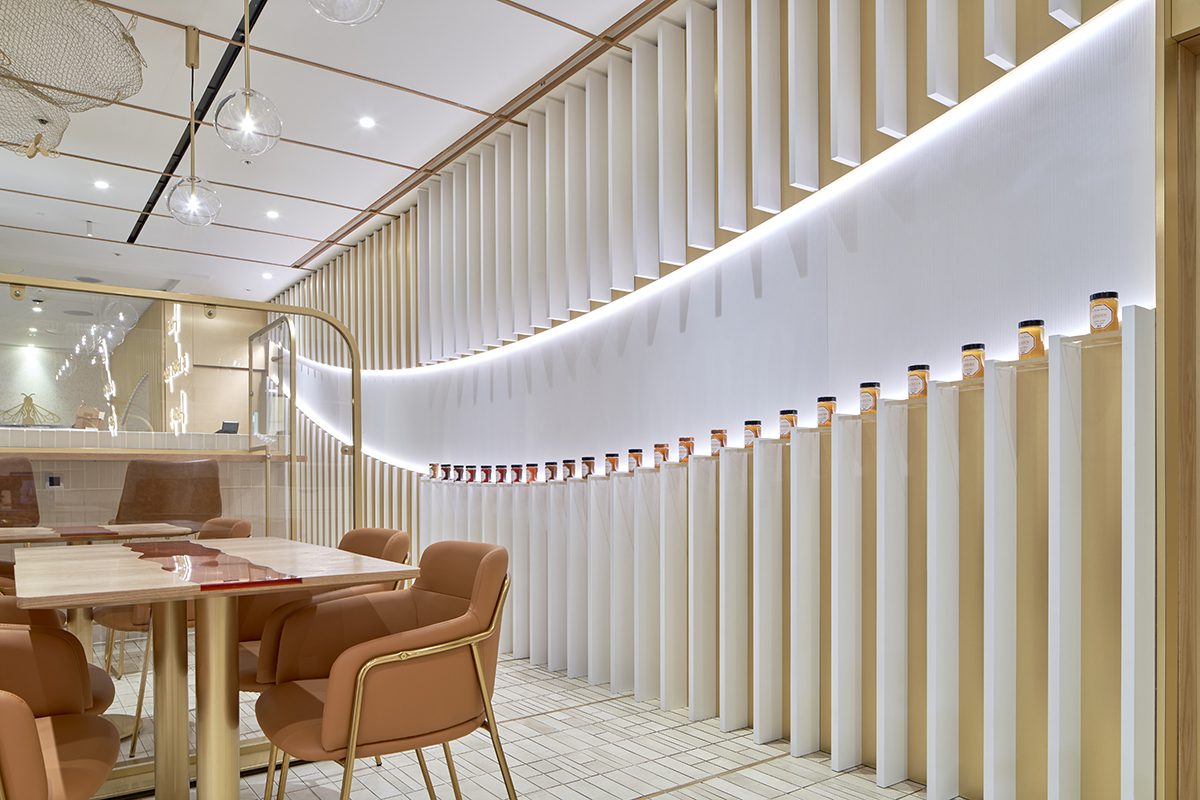

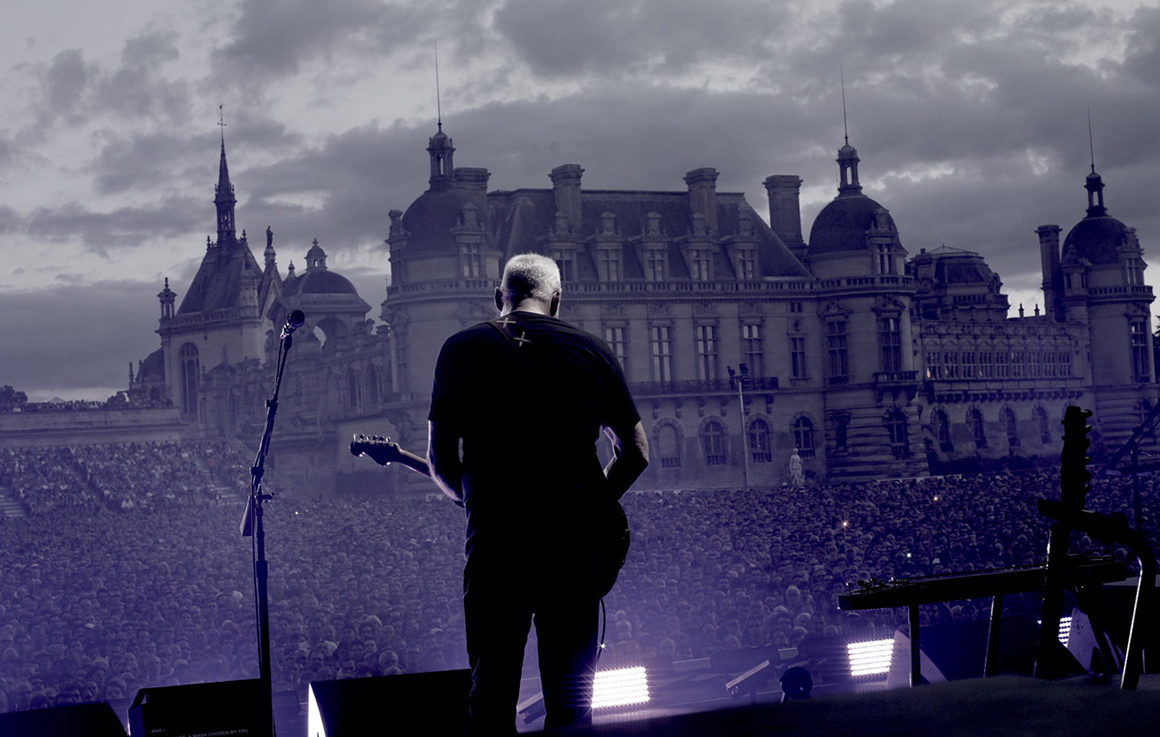
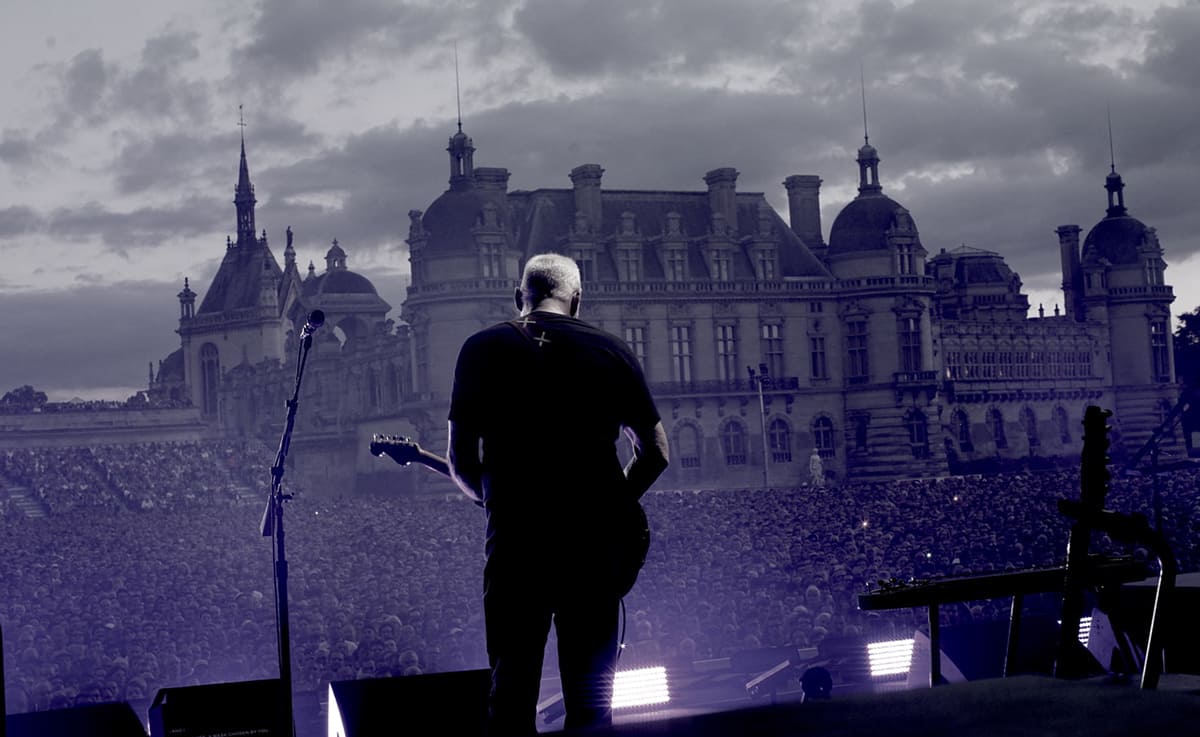
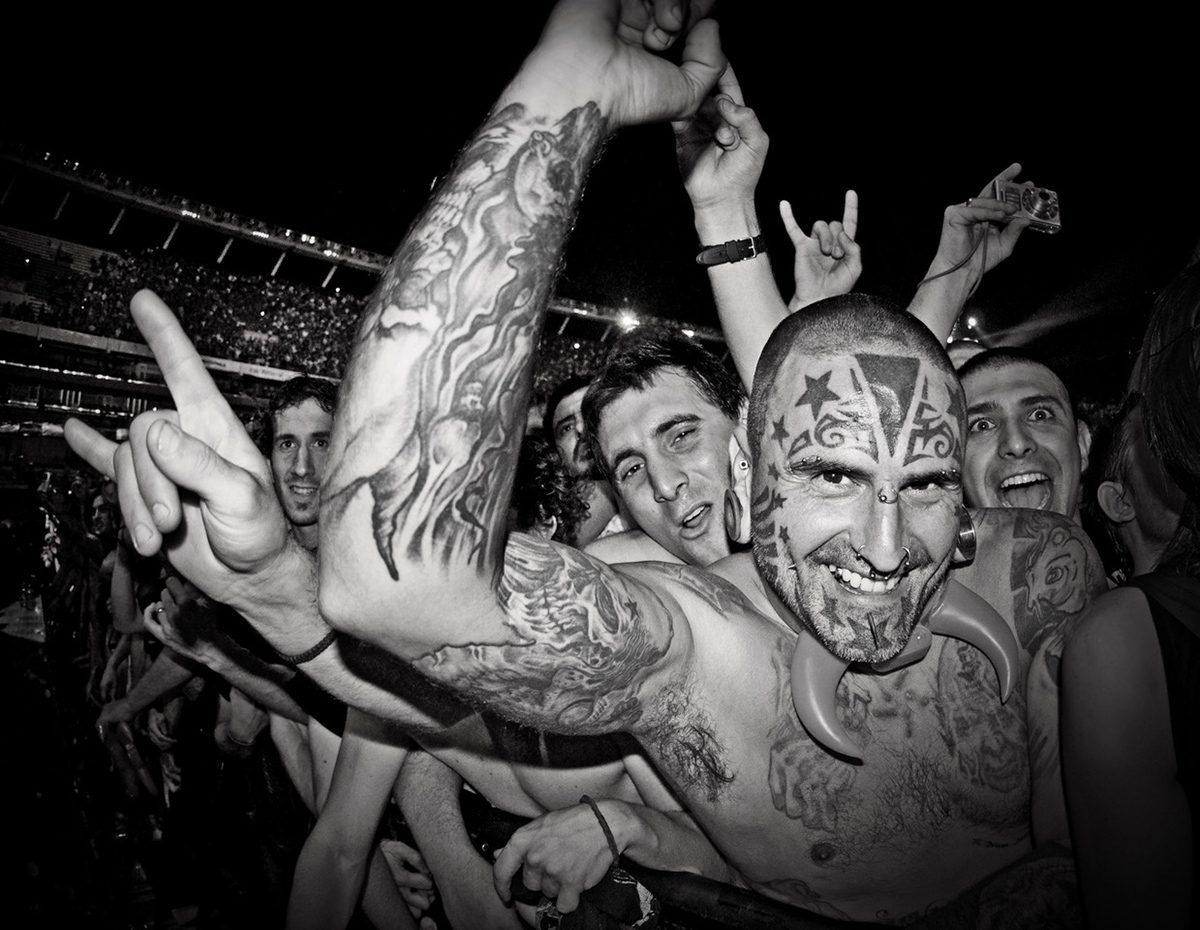
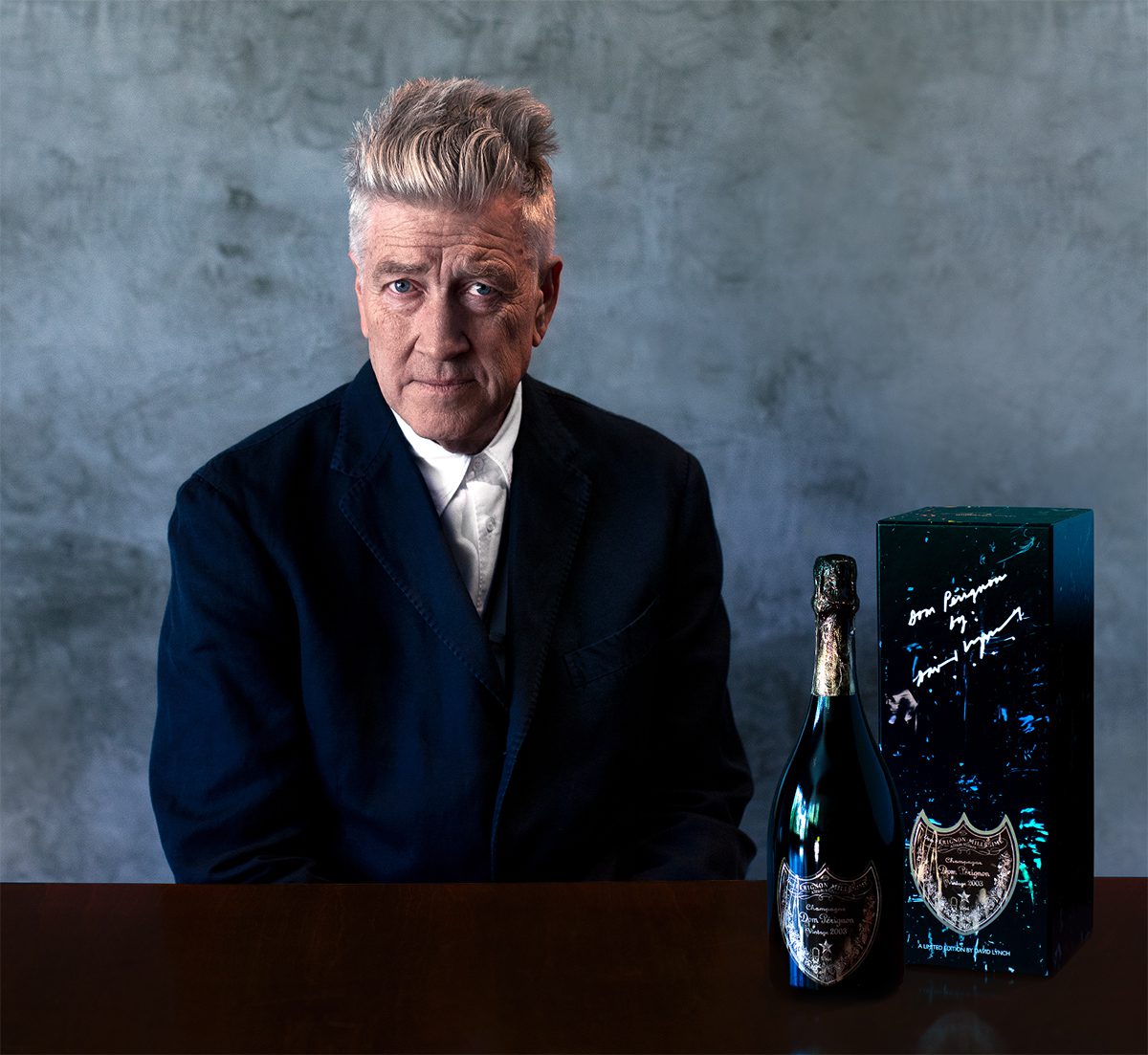
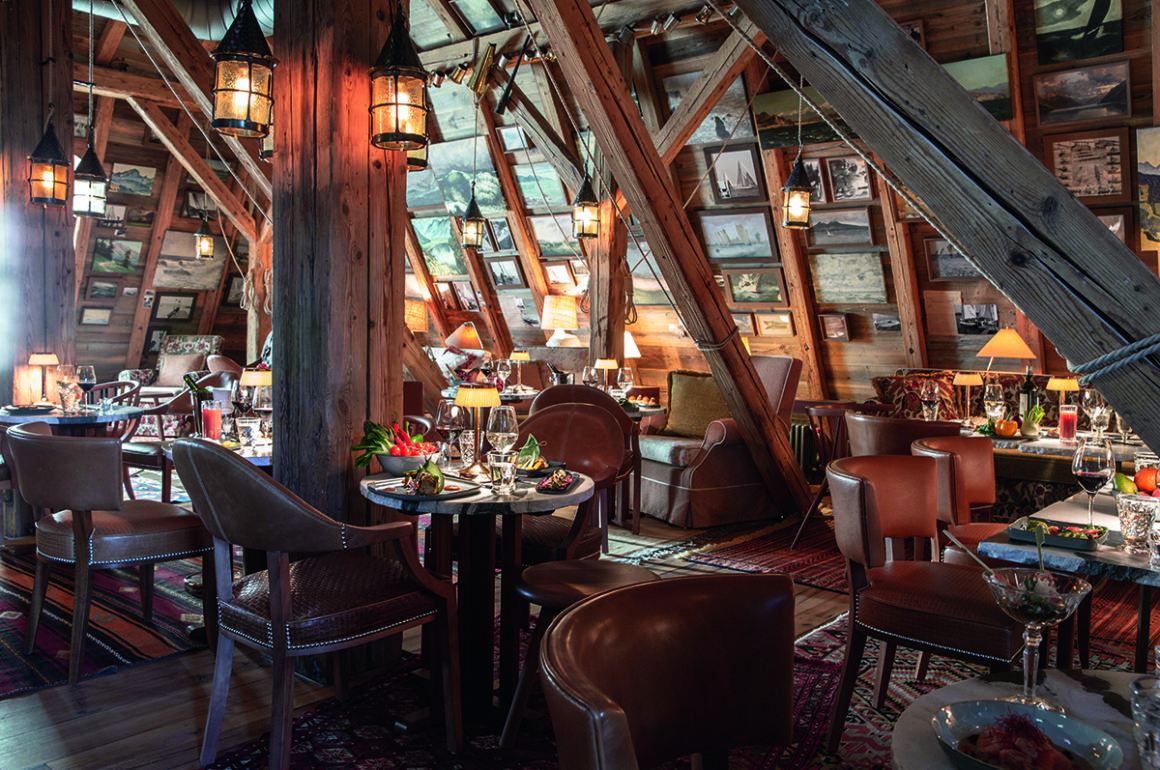
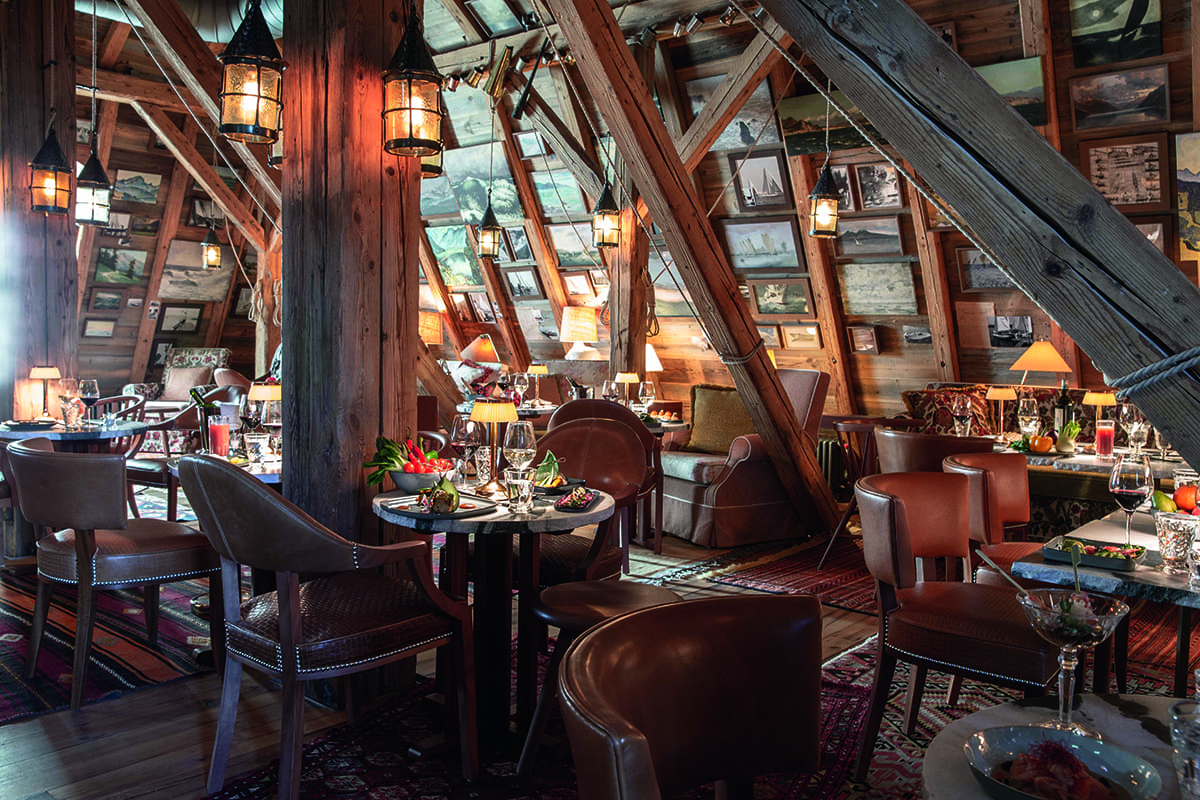
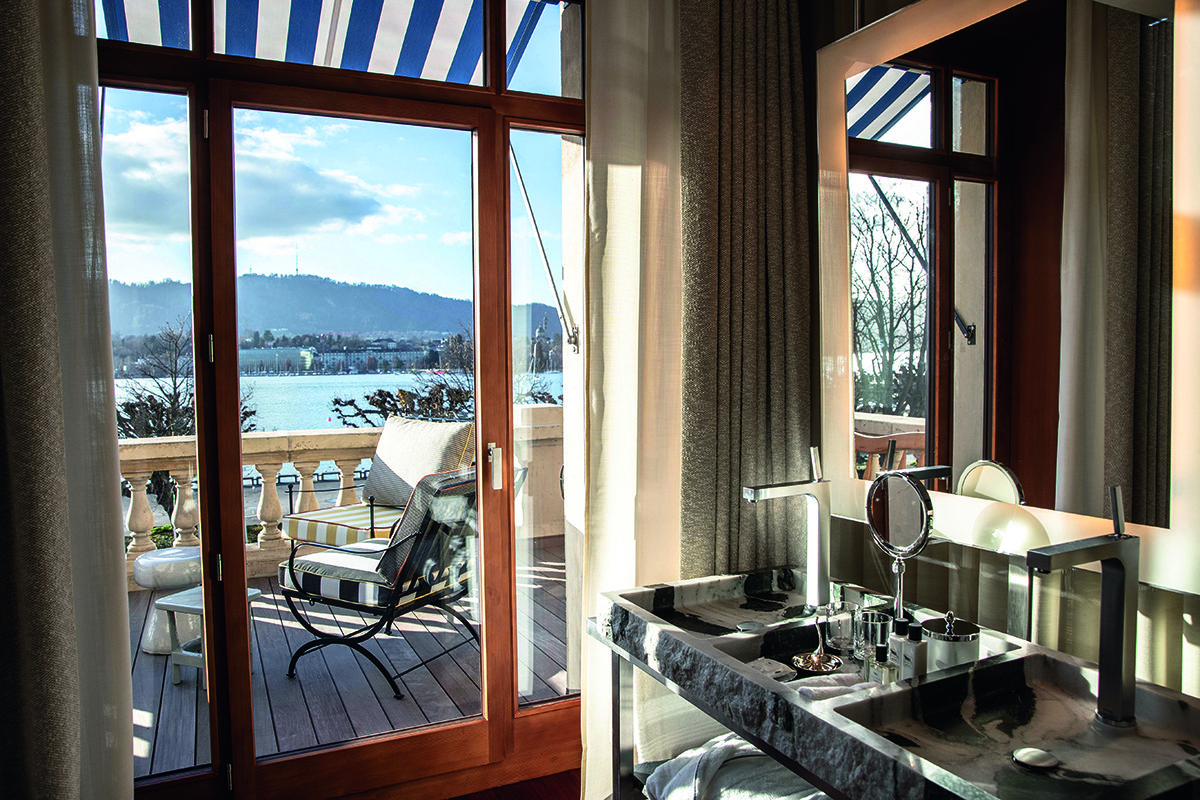
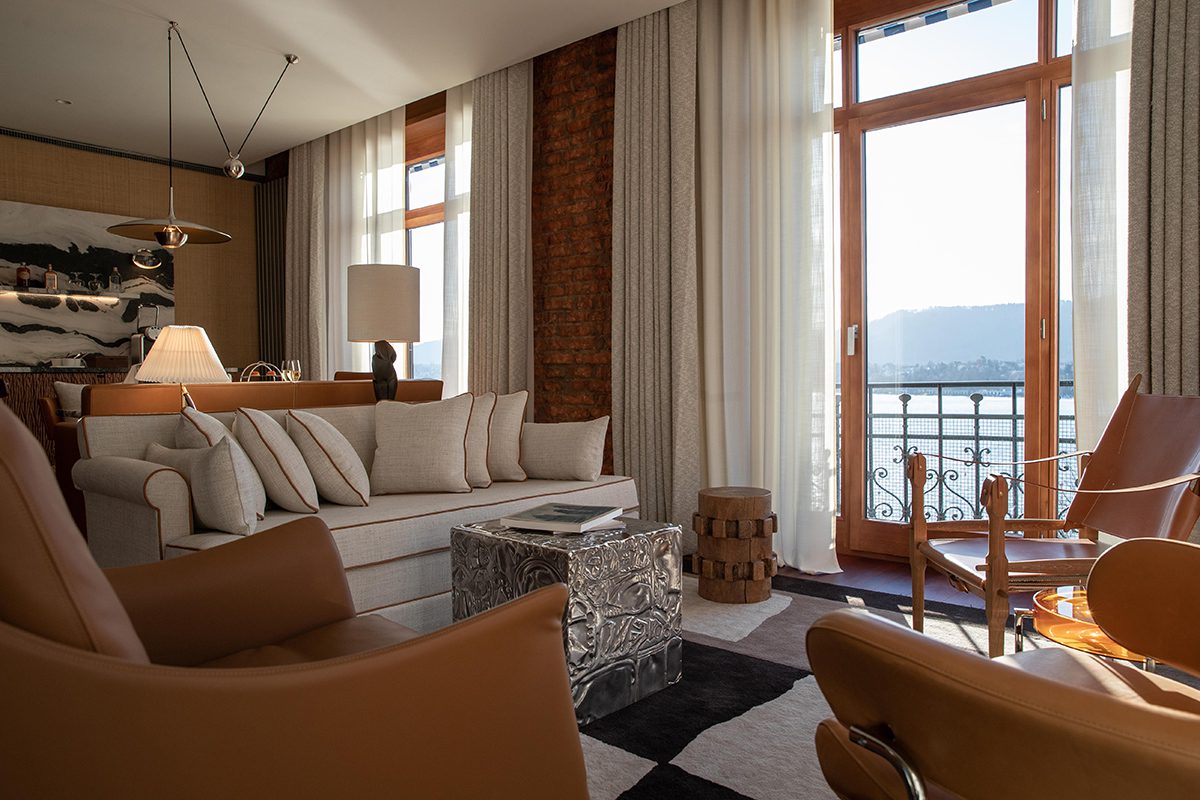









Recent Comments